One thing that I have not discussed here is topiary care. A lot depends on what you’ve planted your topiary with, but topiary are unusual planters with their own logistical quirks.
Topiary care outside
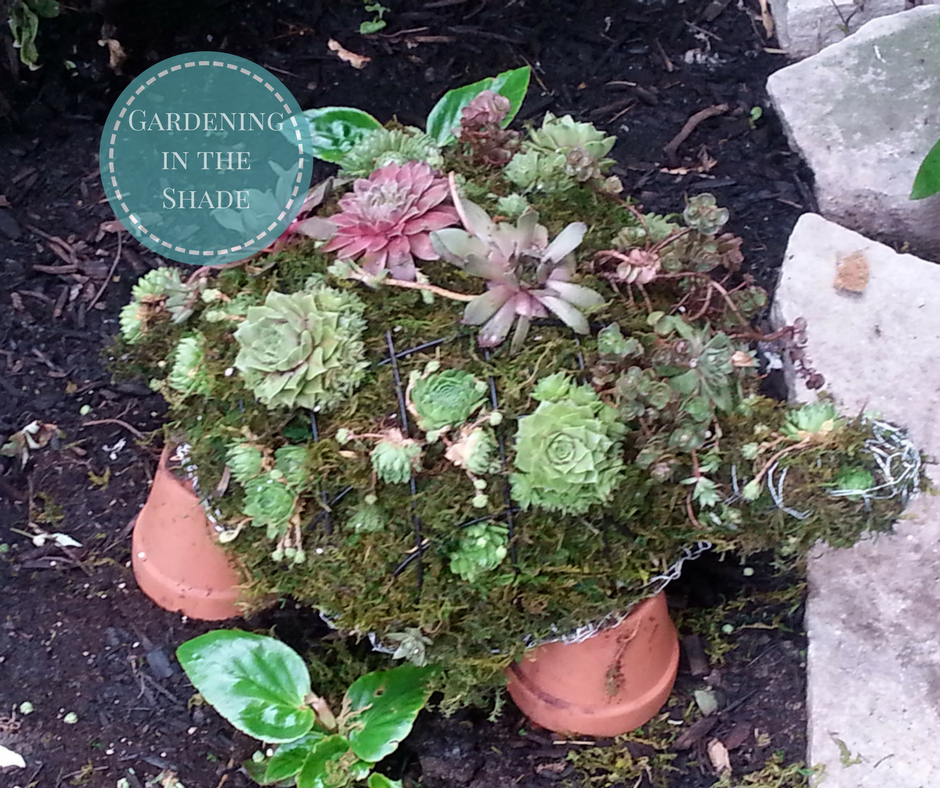
Larger topiary, like Fred, can live in your garden as long as you’ve planted them either with annuals, or with winter hardy succulents like Hens & Chicks. I’ve seen rose cones suggested as a winter cover, but since these guys are kind of big, maybe a Styrofoam cooler would work. Either way, you’ll want to keep it in an area where it’s protected from snow and rain for the winter.
Watering outdoor topiary is as simple as a spray with the hose. One of the fabulous things about sphagnum moss is how readily it will absorb water. Plenty of commercial potting mixes are near impossible to re-wet once they’ve dried out, but moss always soaks it right up. The flip side of that is if you have a long rainy stretch, and you’ve planted your topiary with succulents you may need to move it to a more sheltered spot.
Topiary Care Inside
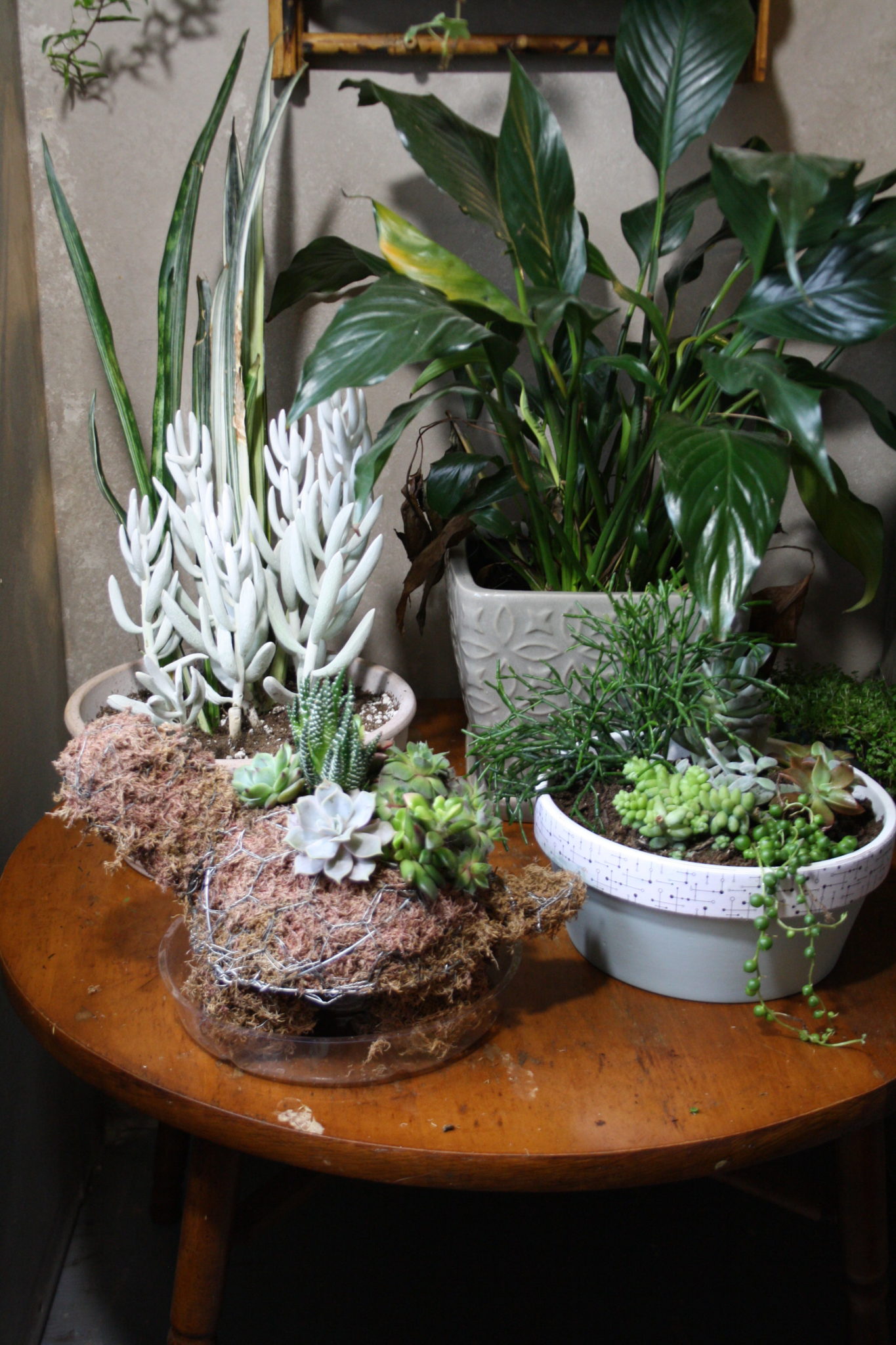
One thing worth pointing out first is that not all succulents tolerate being grown in moss. The spiky green one I originally planted in this planter quickly rotted, and again when I replaced it with another the same. Since then I’ve replaced it with a different upright succulent that does fine growing in the moss.
In a newly planted topiary – like the toad – I check on the plants often to make sure they aren’t showing any signs of rot, especially that one because I’ve never grown stone plants before.
Indoors, just like most pots, chicken wire topiary can mark surfaces so you will need a tray or saucer. I like the cheap clear plastic saucers and size my topiary to fit them. I let the topiary I keep dry out completely before watering, and when I do water them I just fill the saucer. The water gets soaked up through the feet without saturating the moss.
Planting your topiary
Please don’t think you’re limited to succulents when you plant your topiary! Any low-growing plant will work, I can’t wait to try seed begonia in my outdoor turtles as soon as the garden centers open. Indoors, I’ve planted one with mini African Violets. You could try Baby Tears, creeping thyme, English Ivy or even a snake plant. Use whatever plants grow well for you and make you happy!
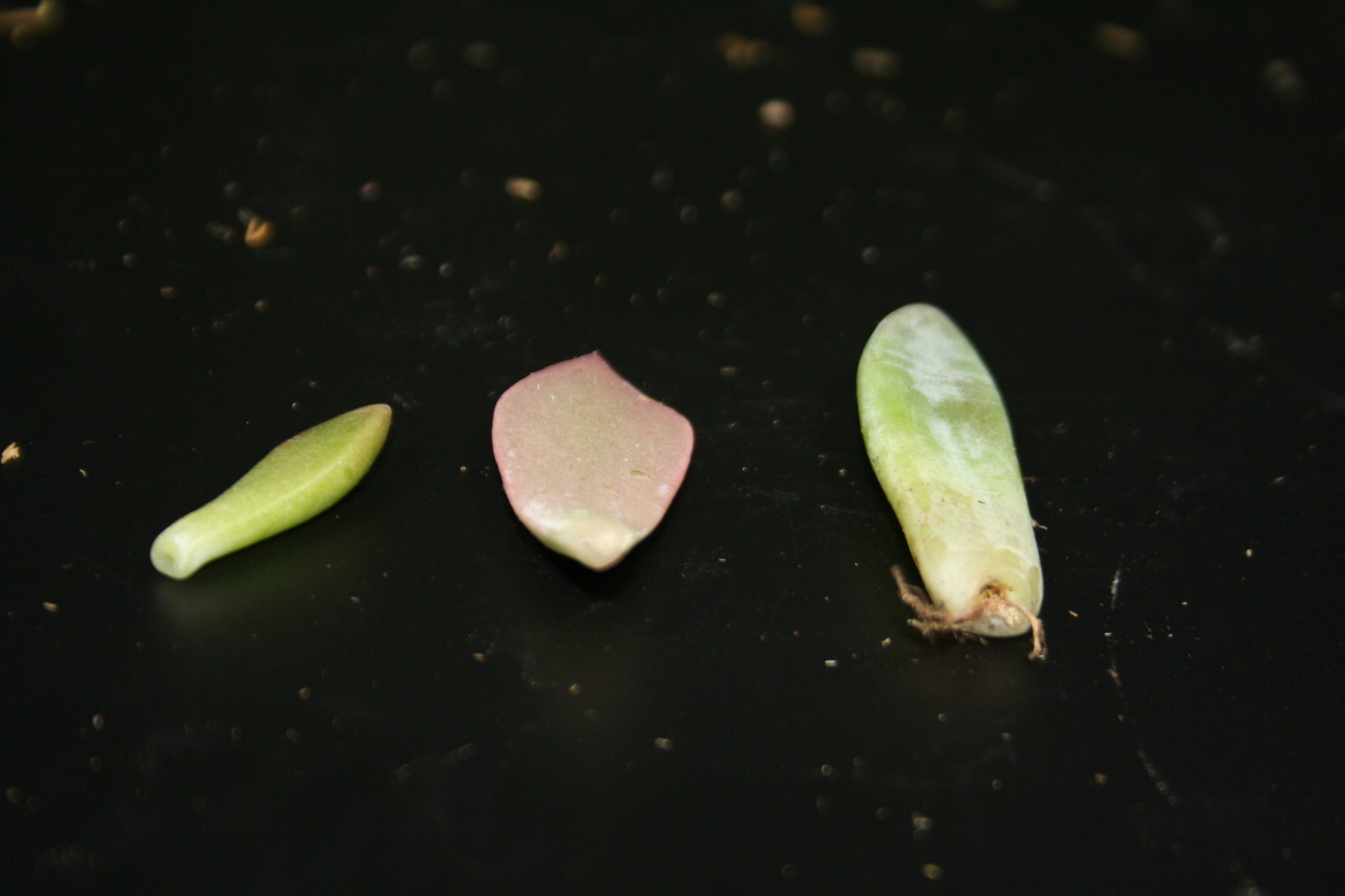
When I’m planting my topiary some leaves will get knocked off, succulents almost seem designed to drop their leaves easily. I take any leaves in good condition and allow them to dry out for a bit. Once the stem end dries, I lay them on top of some soil and wait to see if they’ll start a new plant. I’ve had some successes but they take a long time to grow!
If you do happen to make a topiary from one of my tutorials I would love to hear about it. You could even post a photo to twitter and give me a shout – @shadegarden.
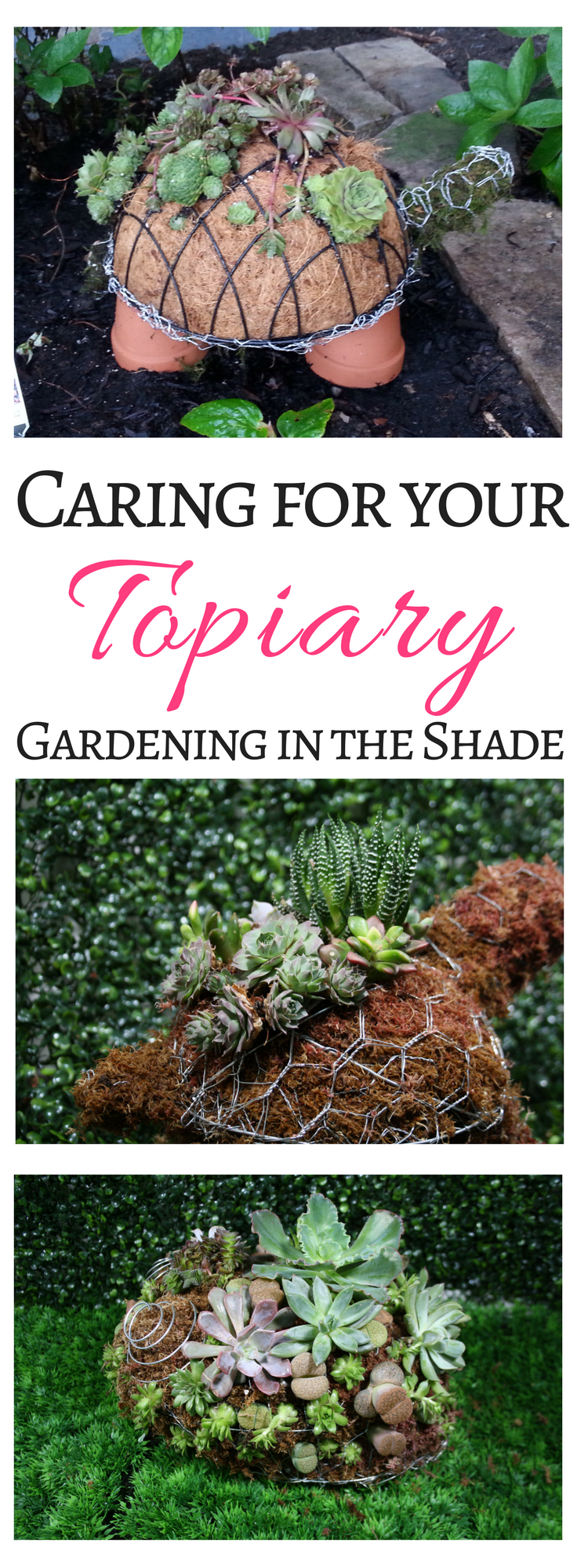 If you enjoyed this post, don’t forget to share it with your friends! For more just like it follow me on Pinterest, Facebook and Twitter or sign up for regular updates by email.
If you enjoyed this post, don’t forget to share it with your friends! For more just like it follow me on Pinterest, Facebook and Twitter or sign up for regular updates by email.
If you have ever thought about starting a garden or craft blog of your own see how easy it is >>here<<.

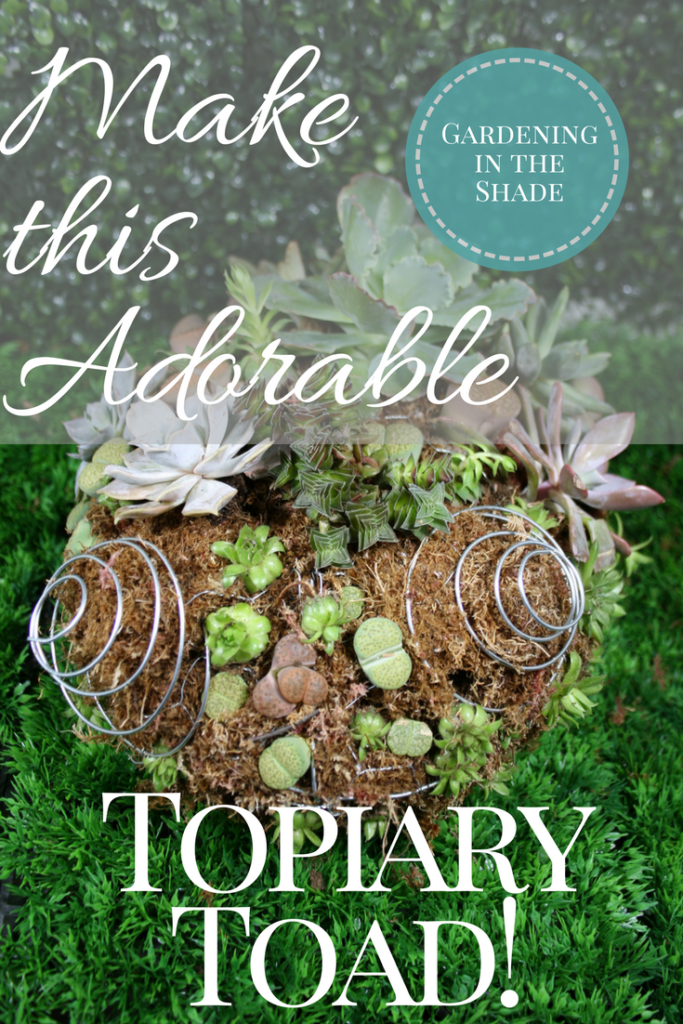
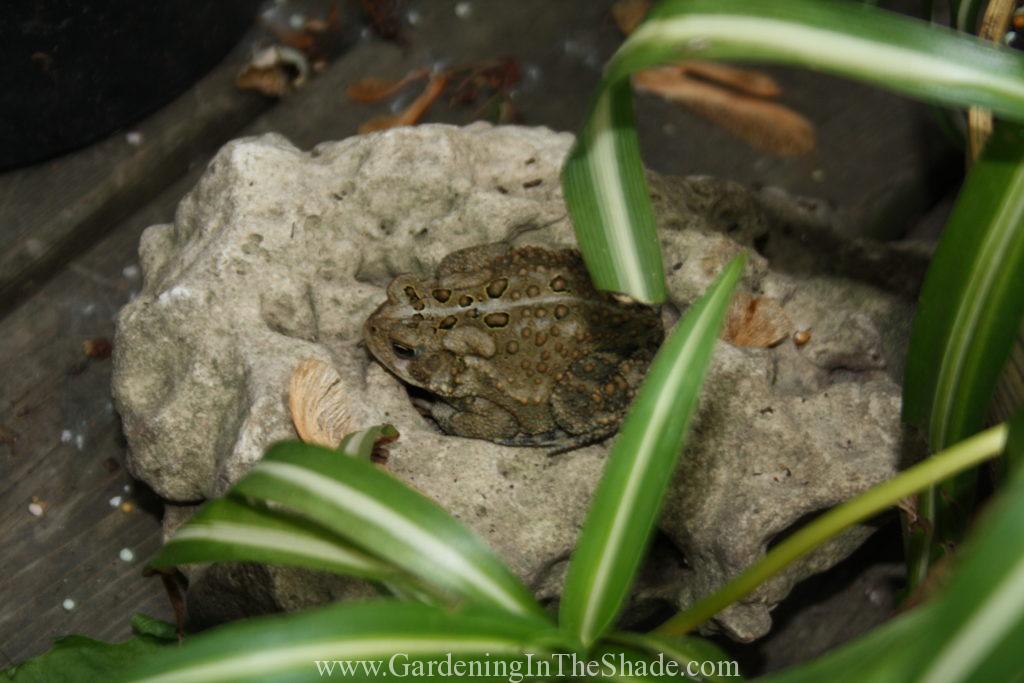 Stone plants are pretty cool looking in a warty kind of way and since toads are warty too – we now have a topiary toad to join the
Stone plants are pretty cool looking in a warty kind of way and since toads are warty too – we now have a topiary toad to join the 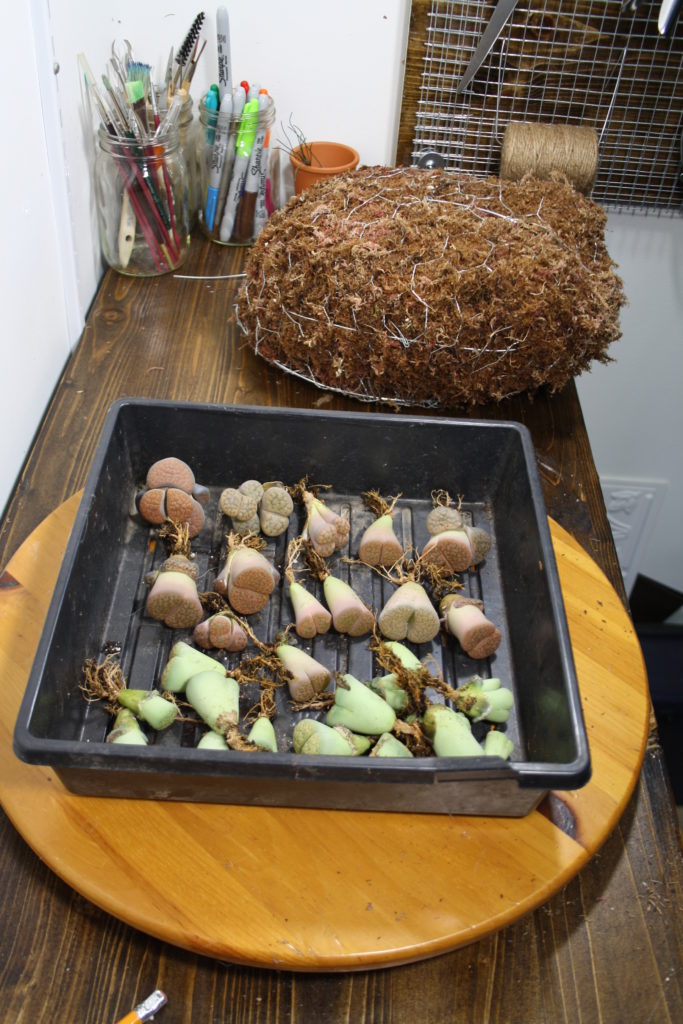
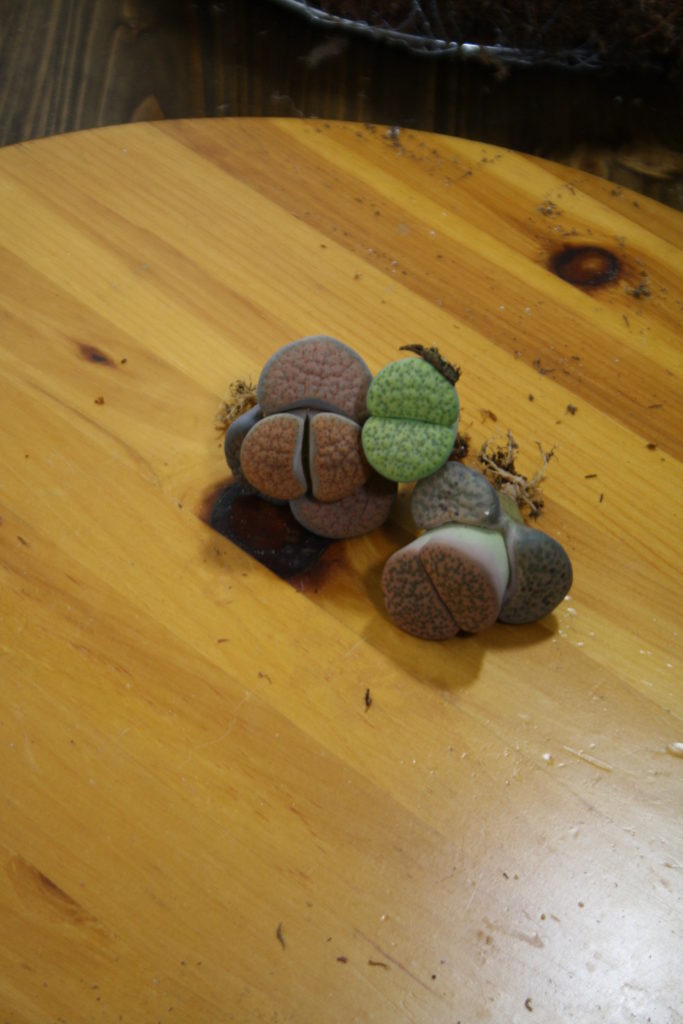
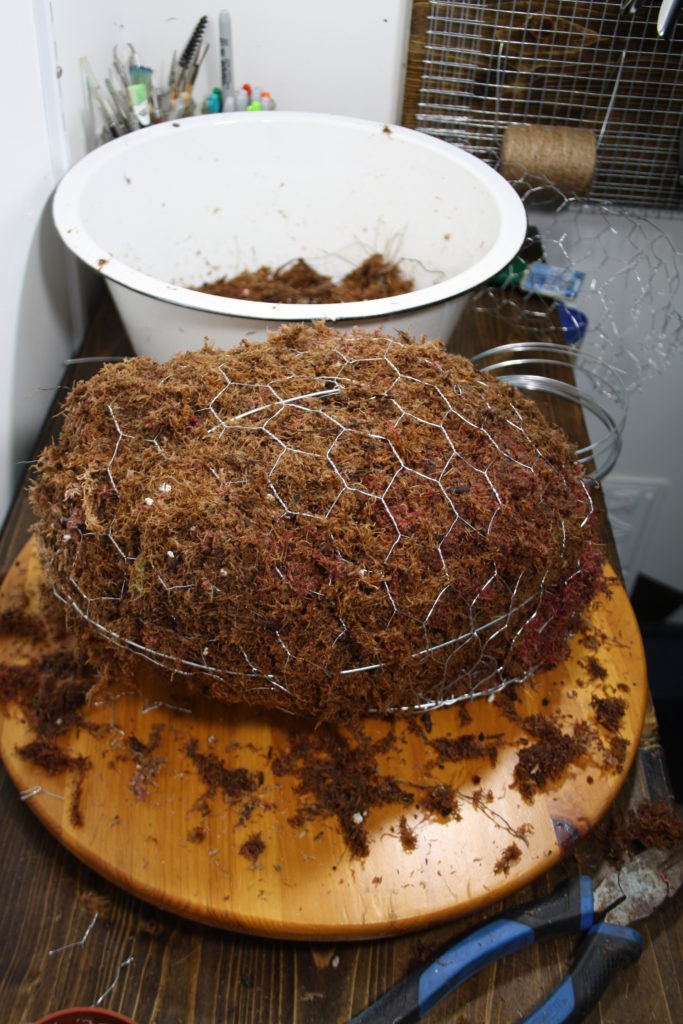
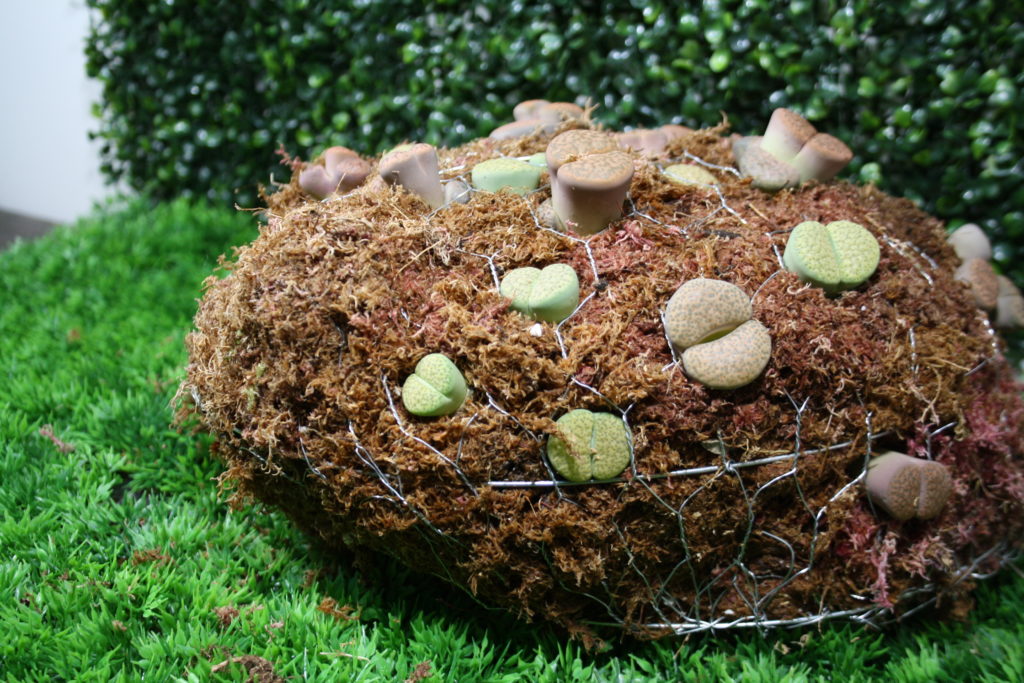
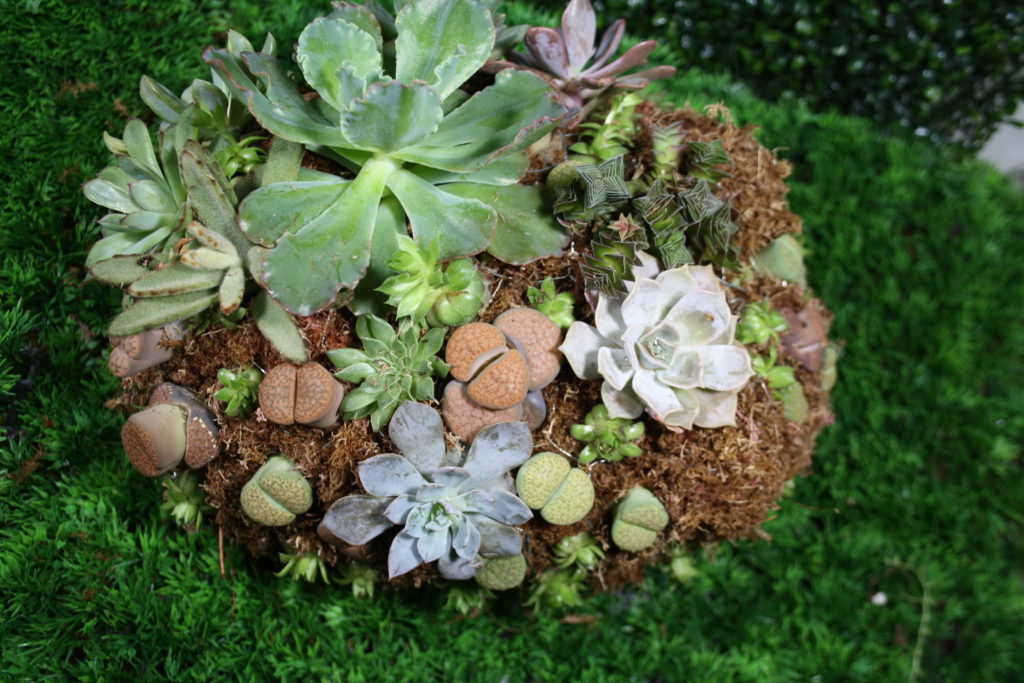
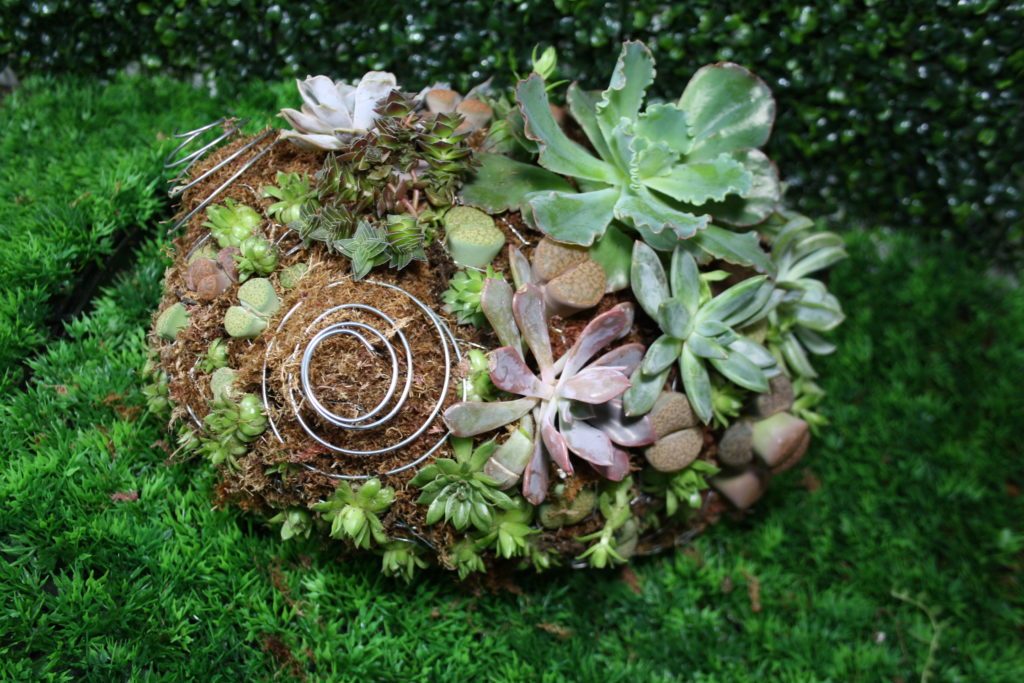
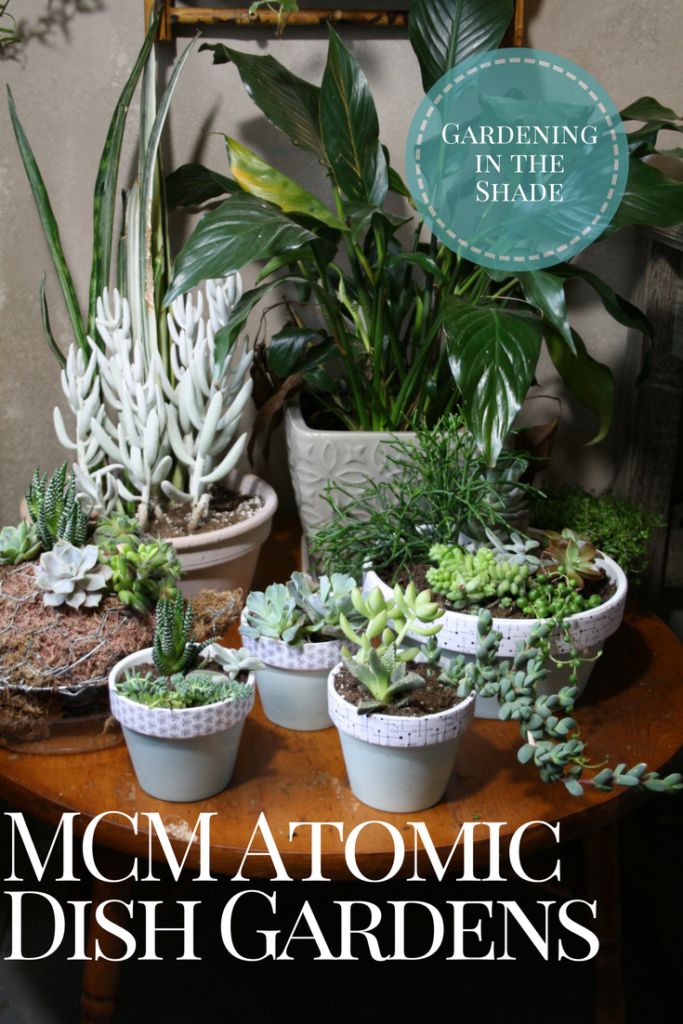
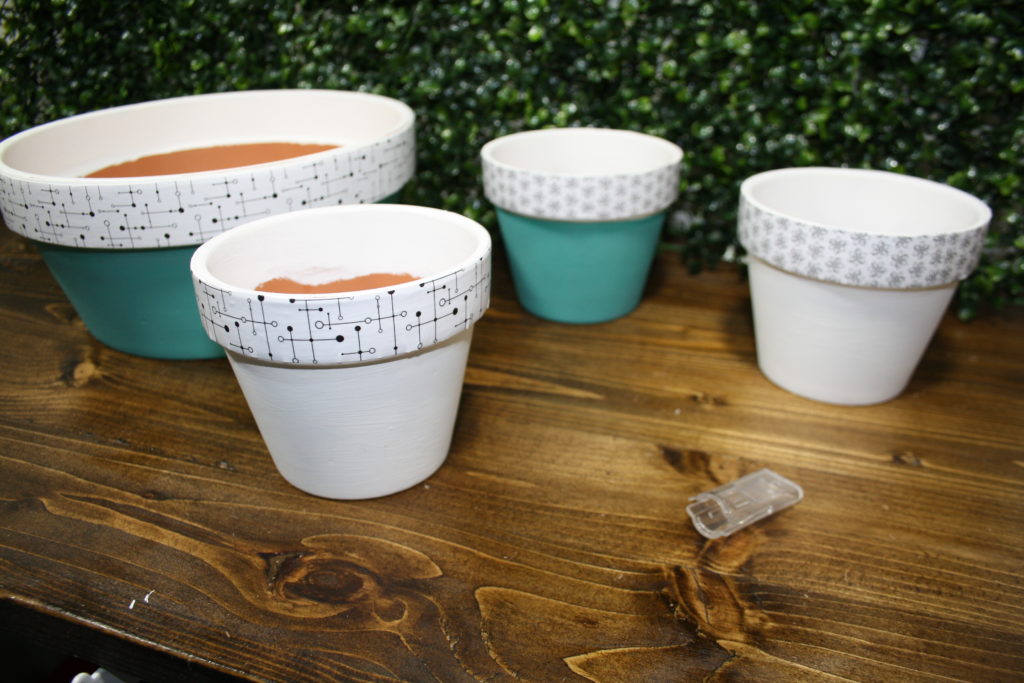
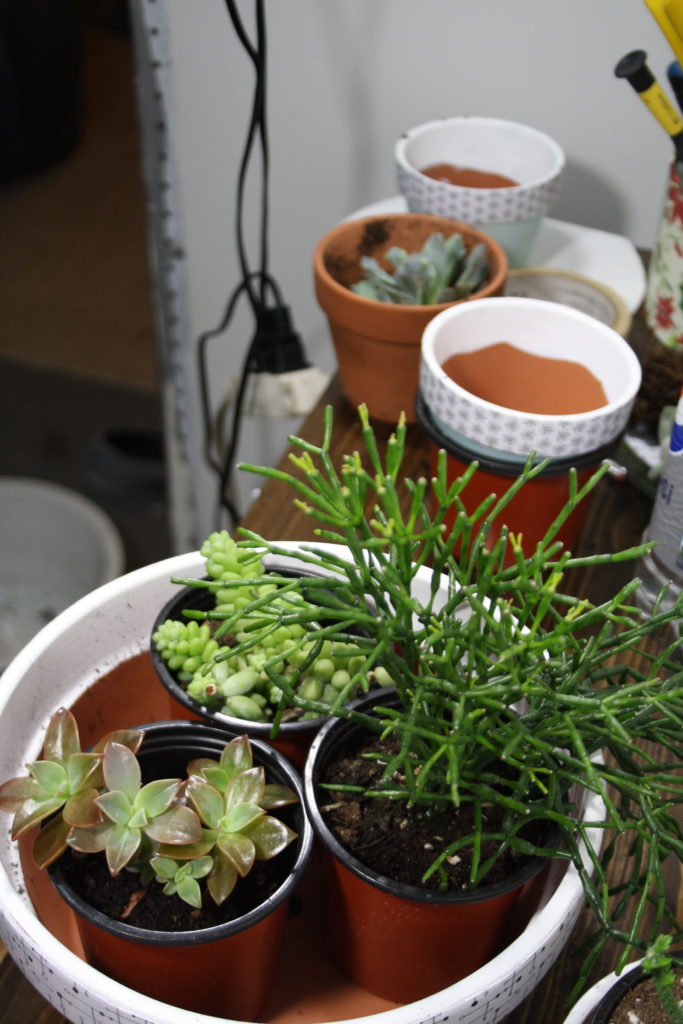
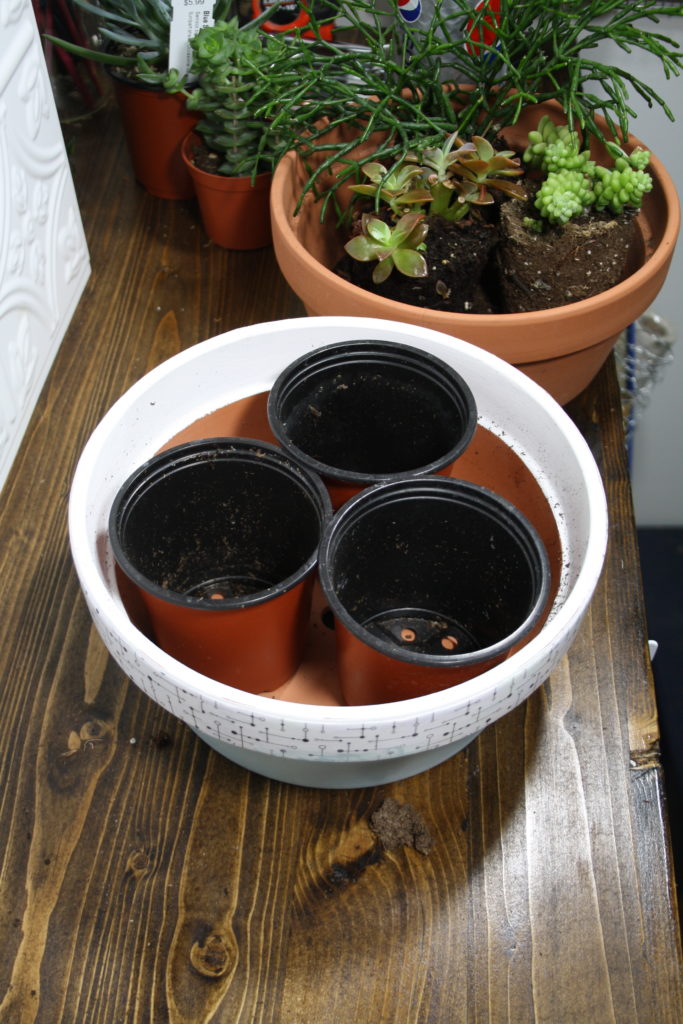
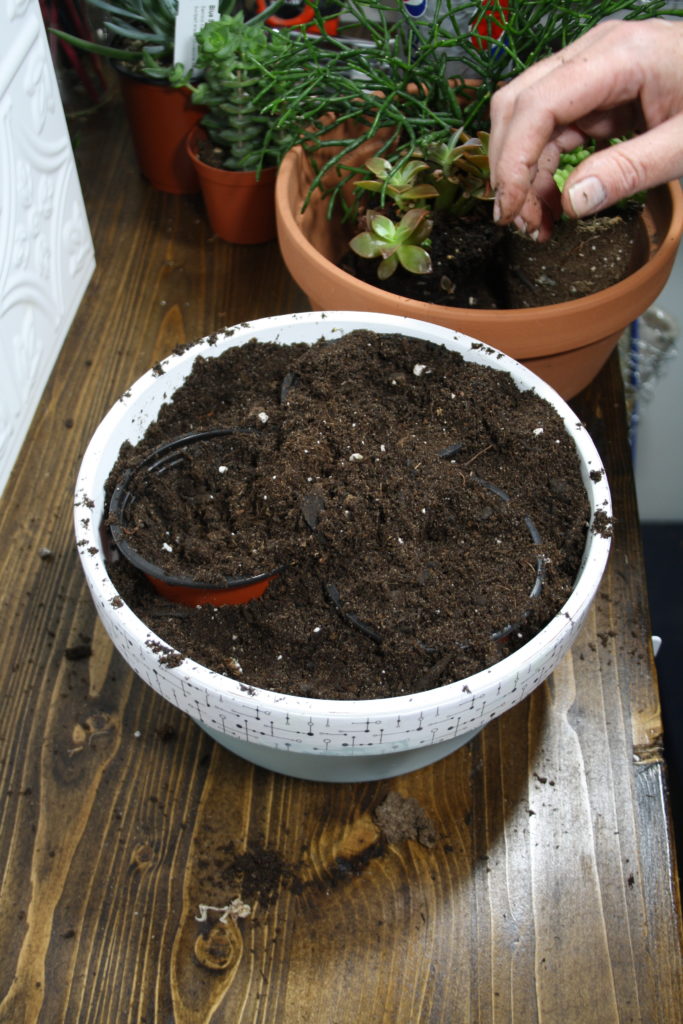
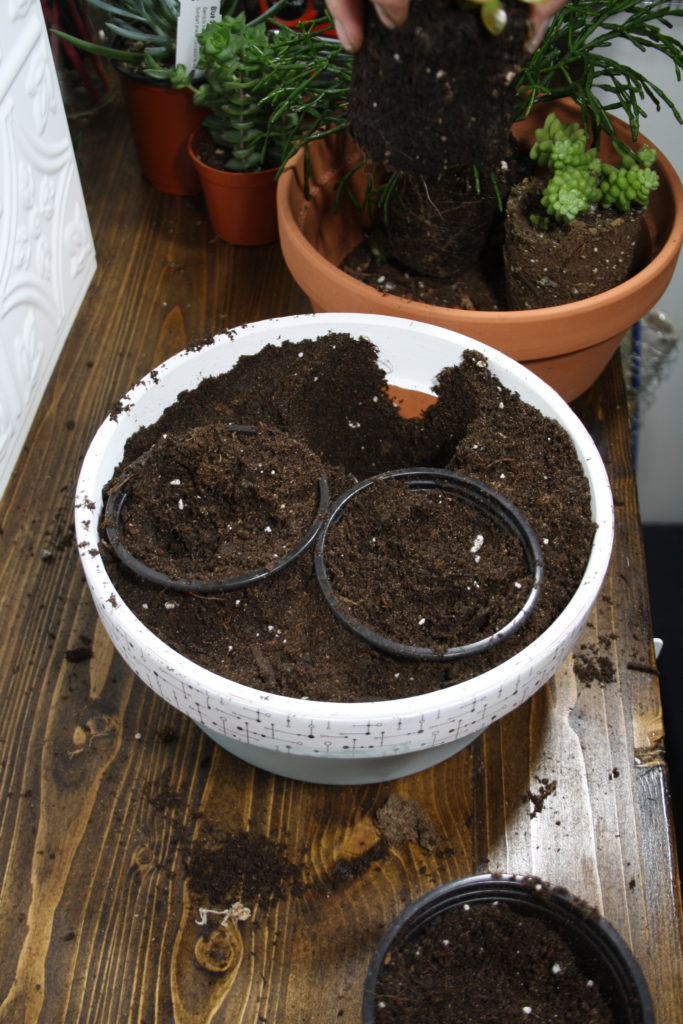
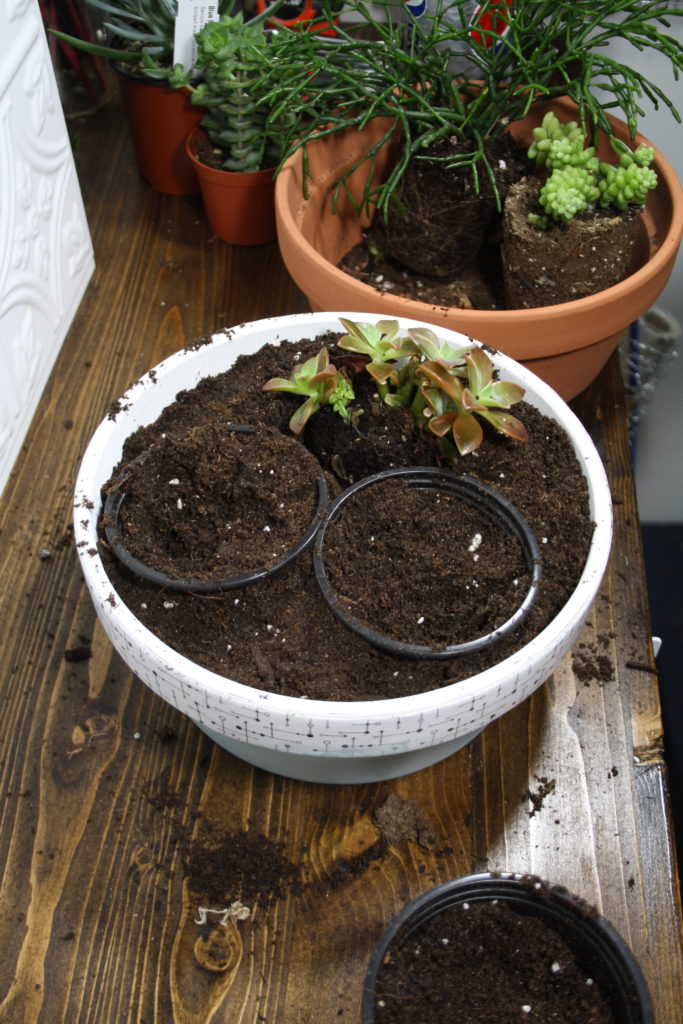
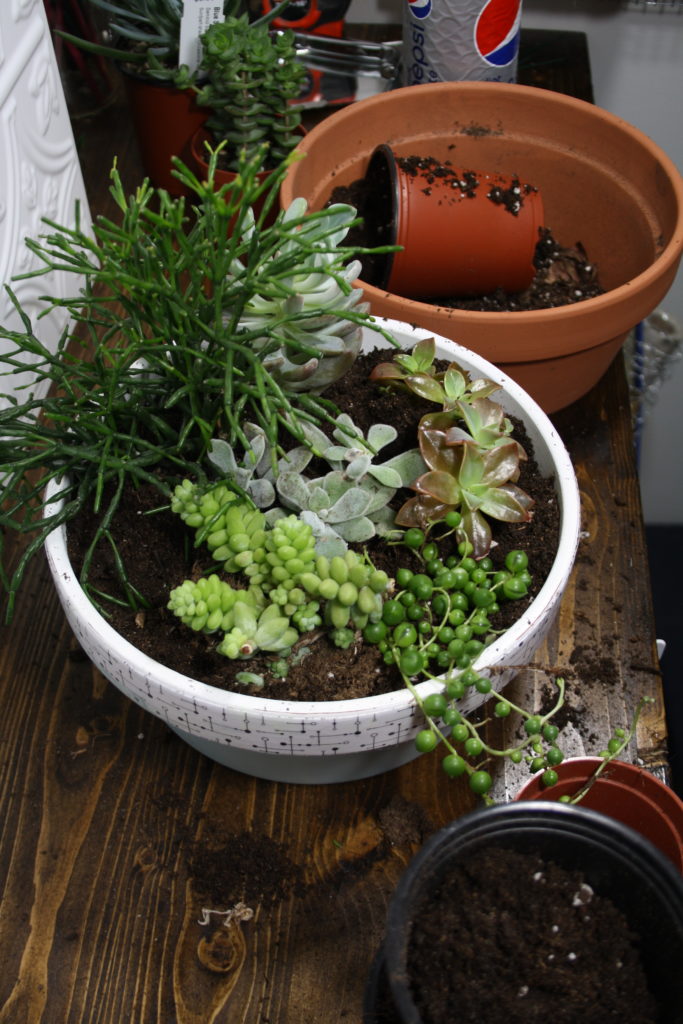
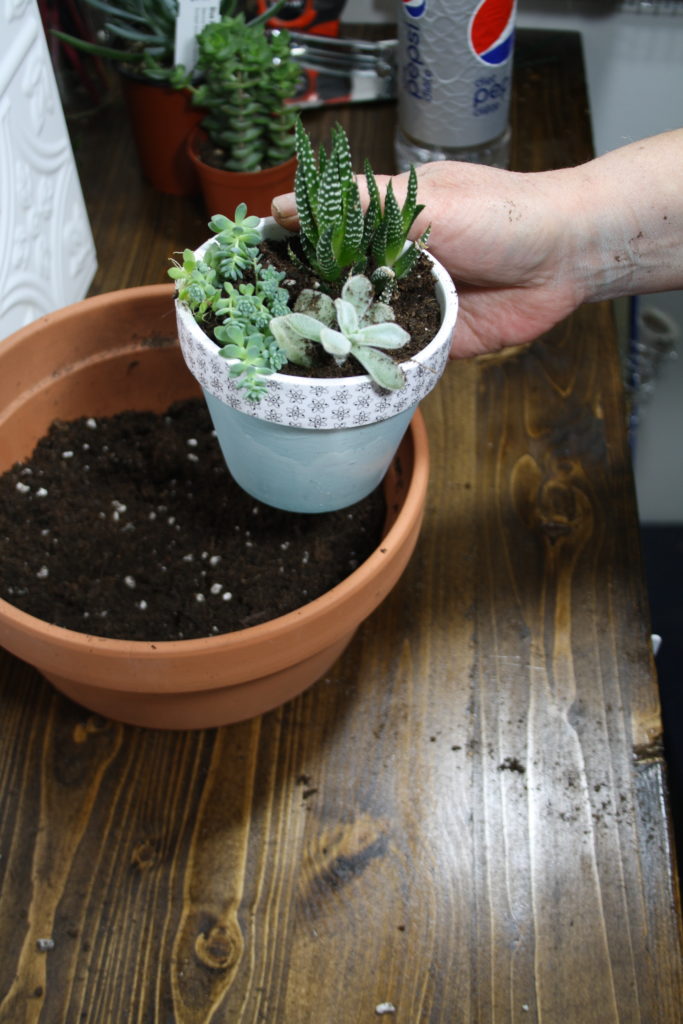
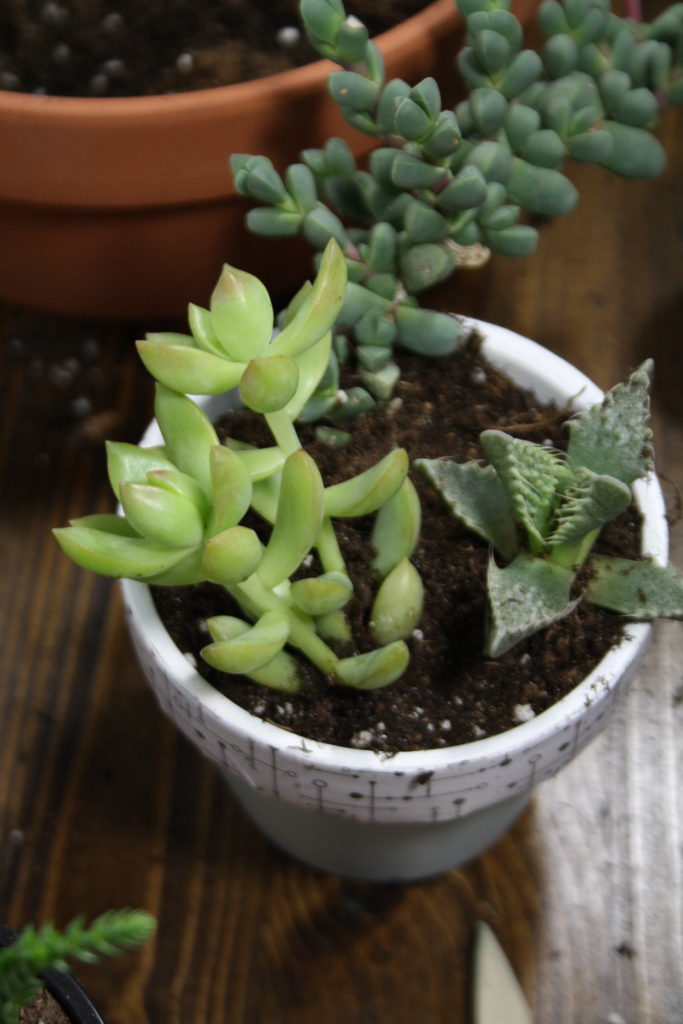
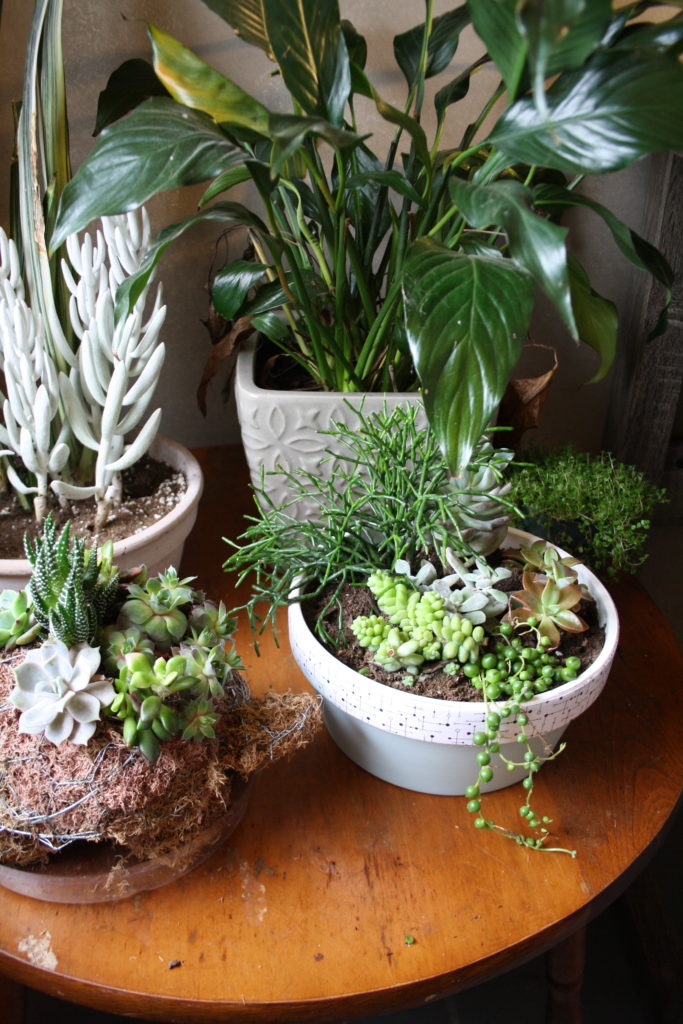
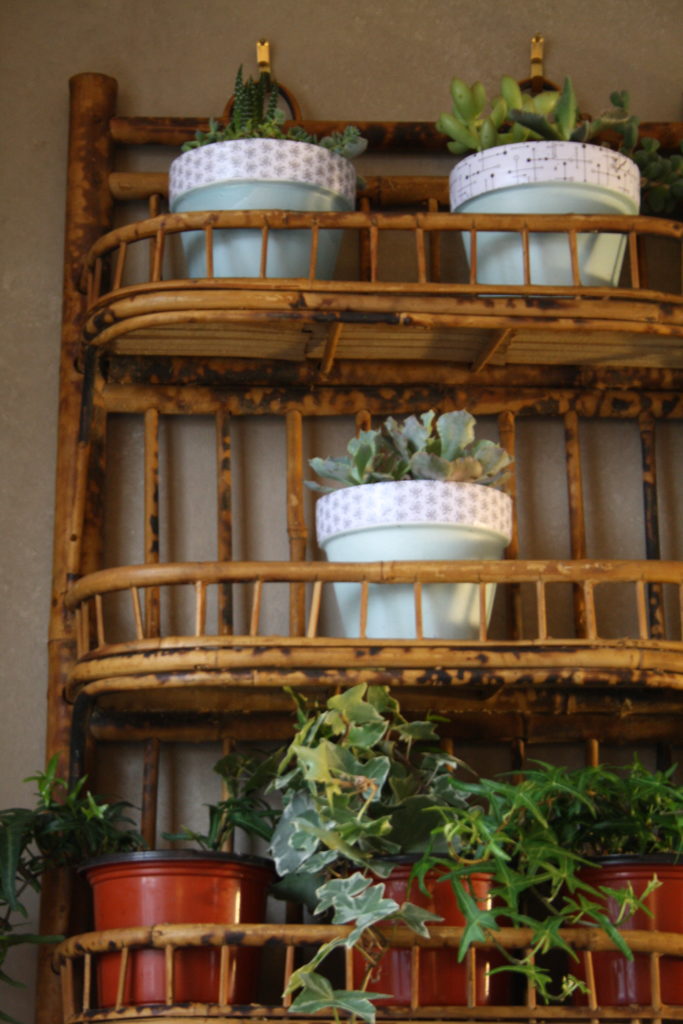
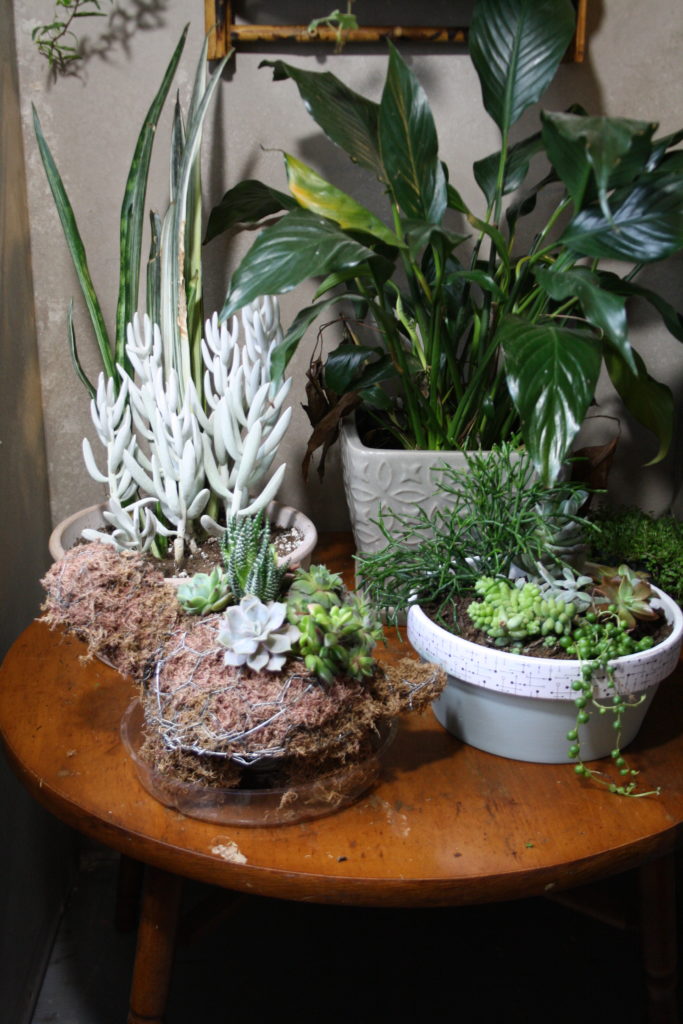
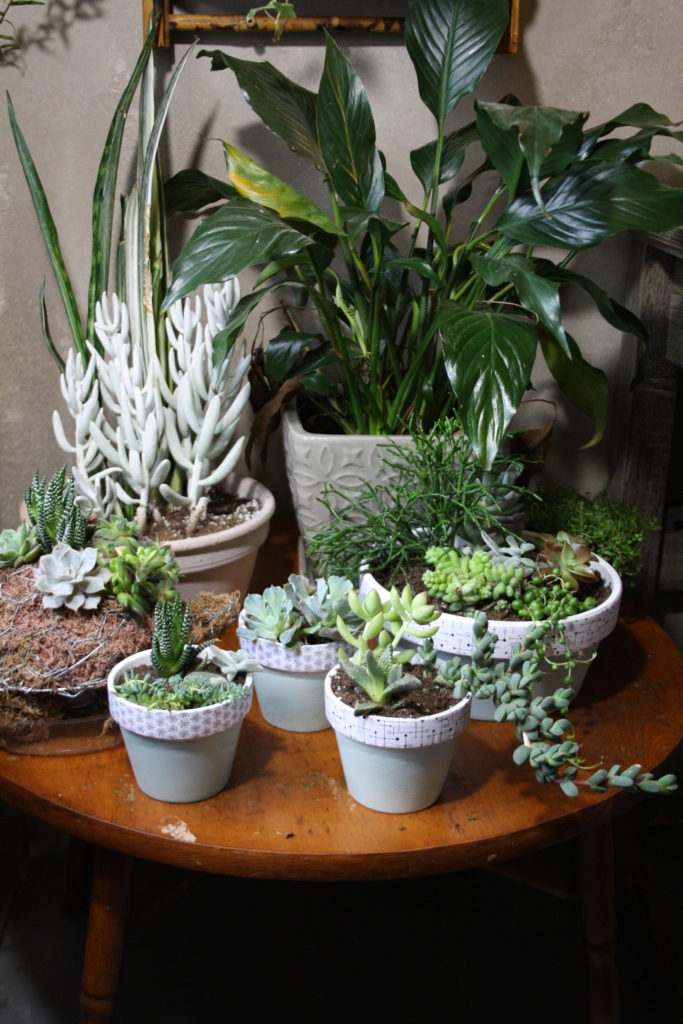
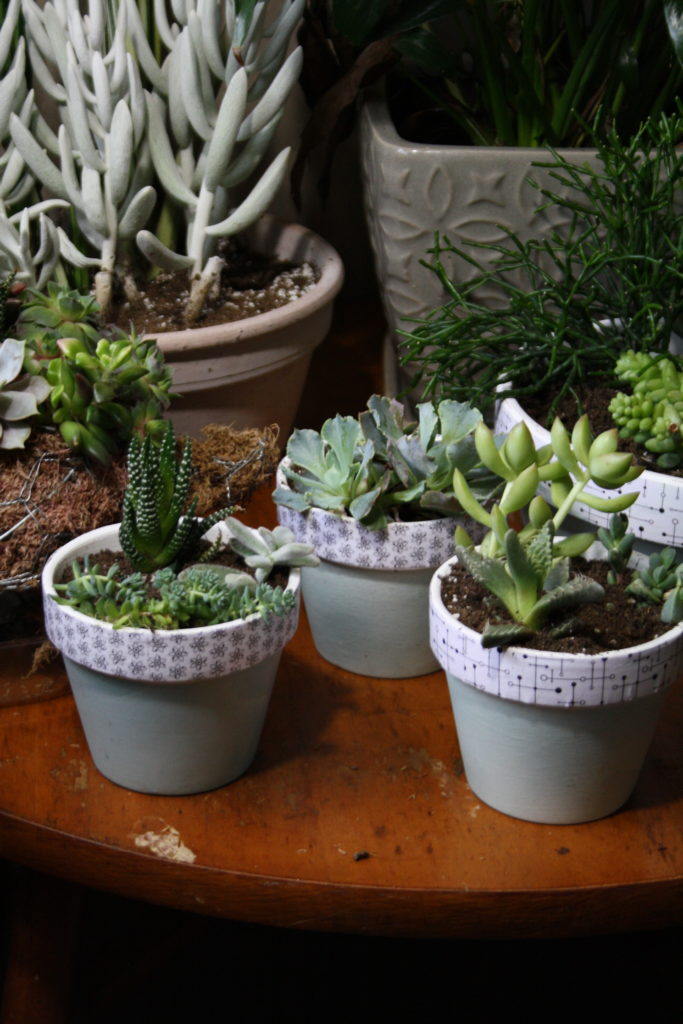





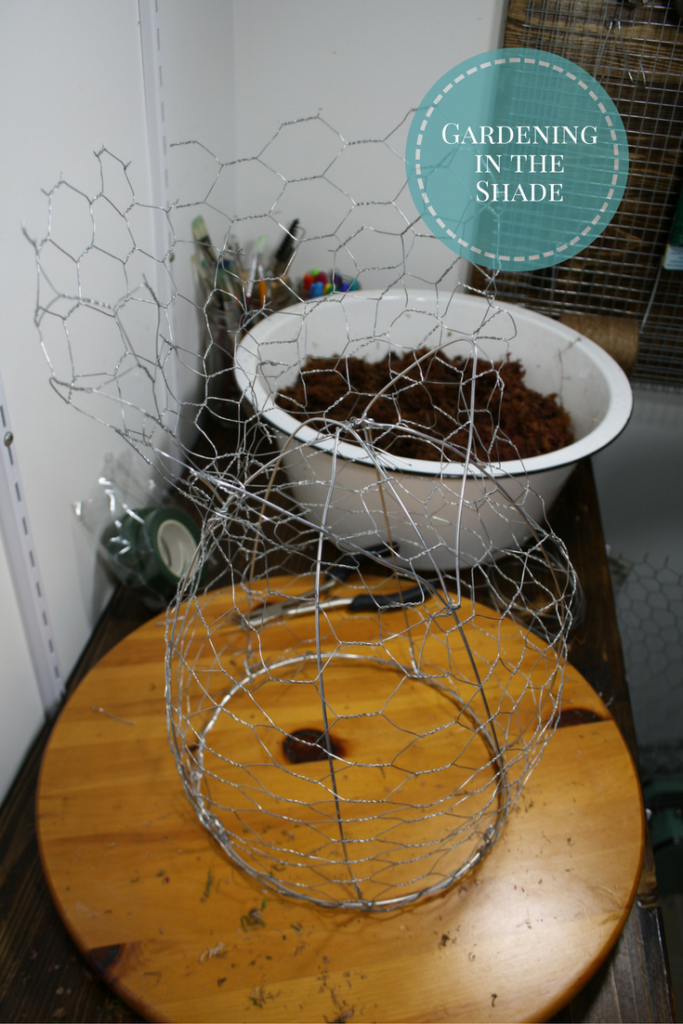
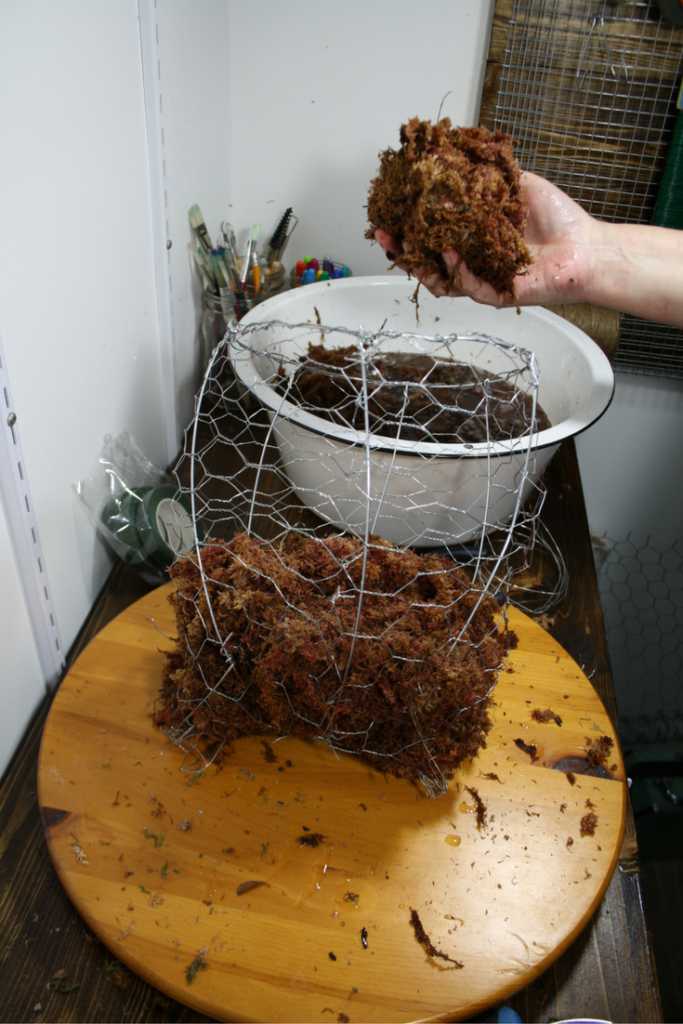
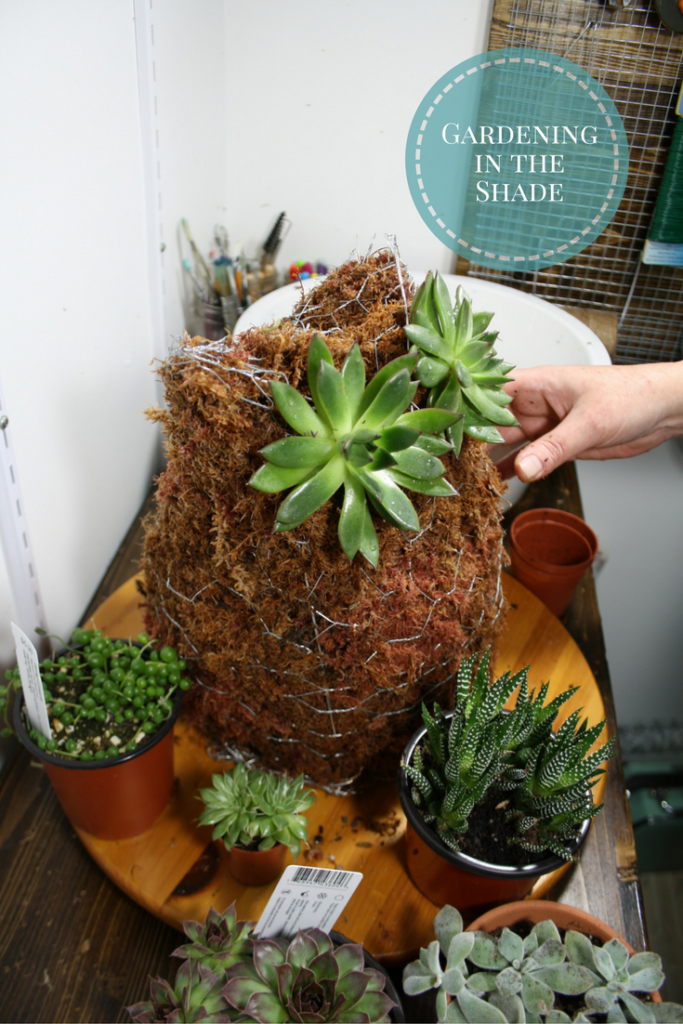
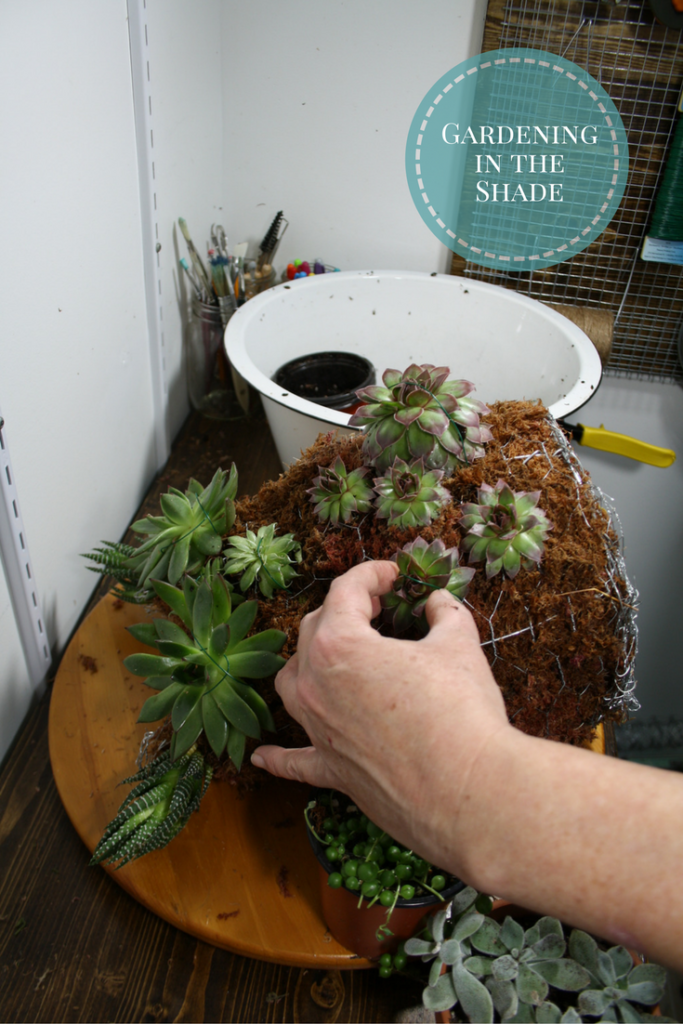
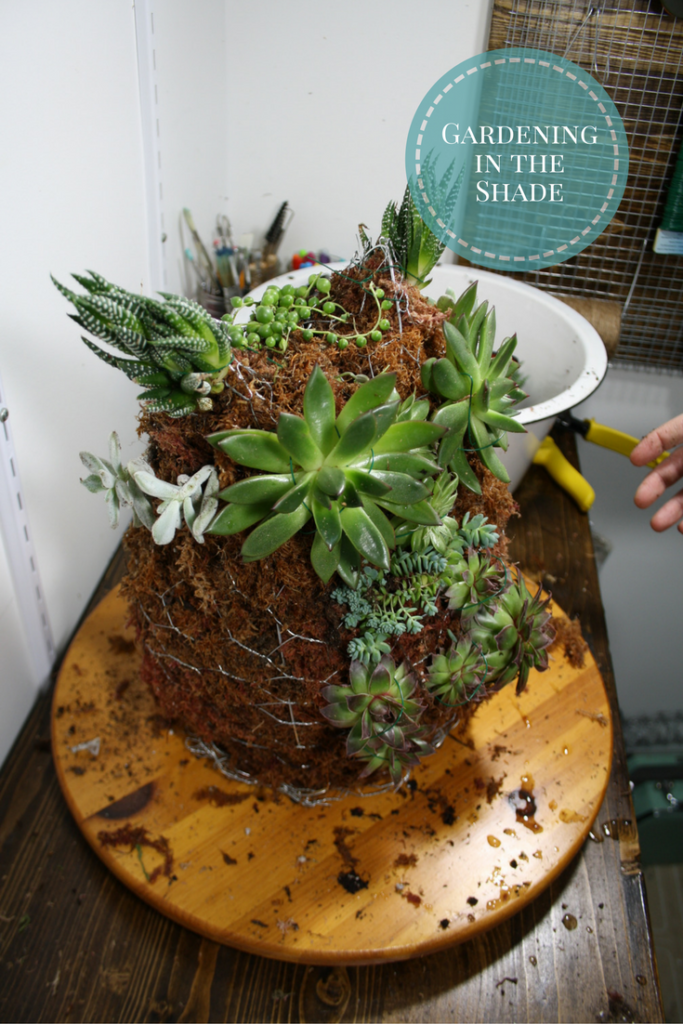
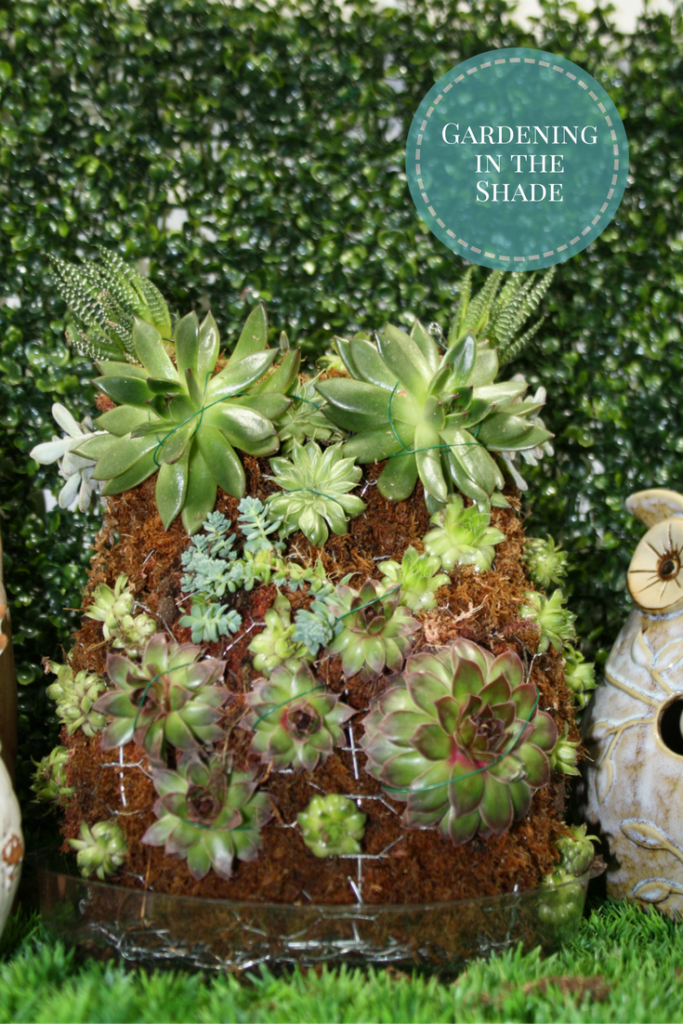
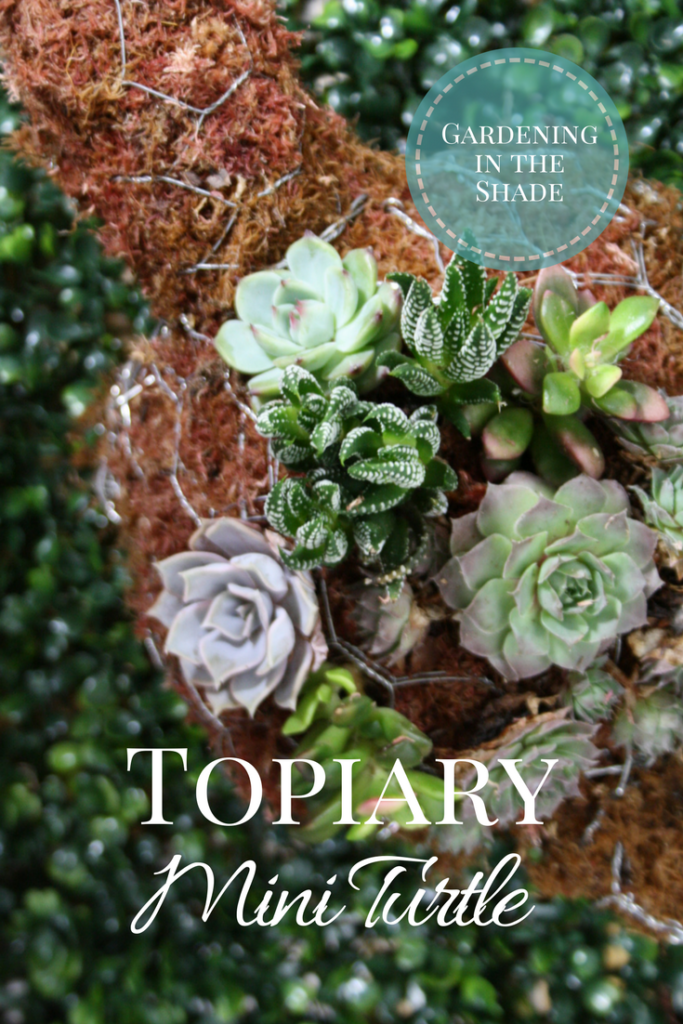
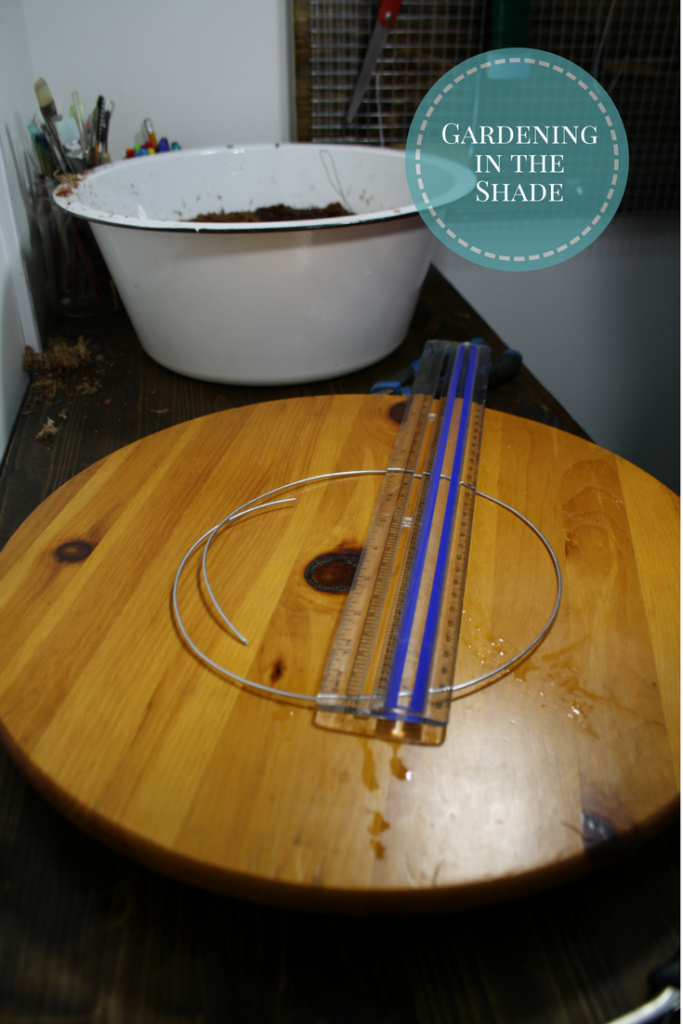
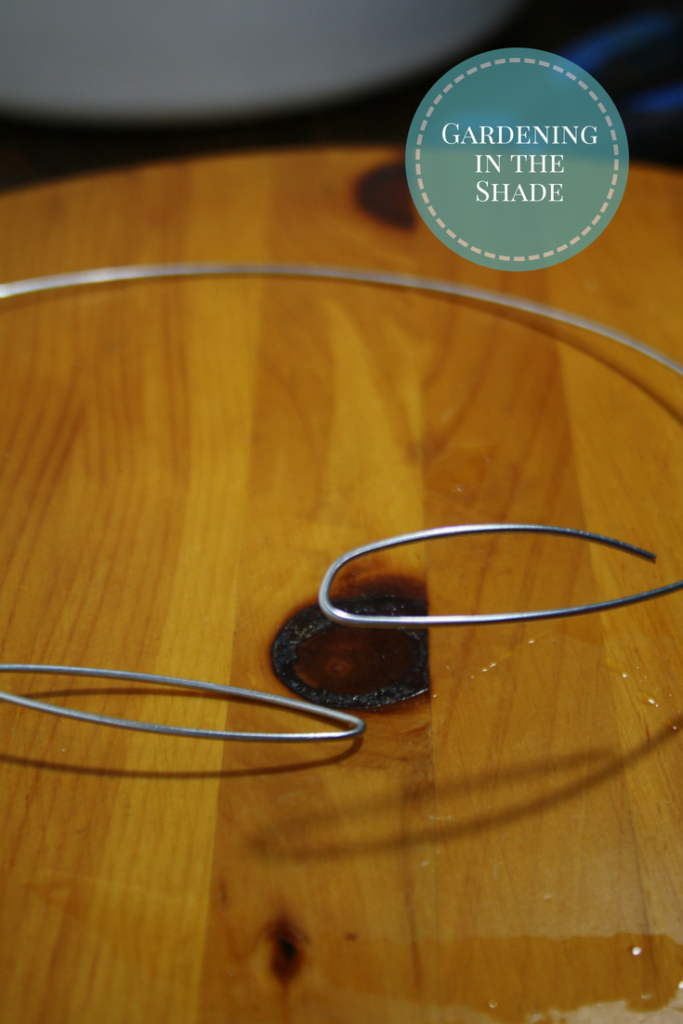
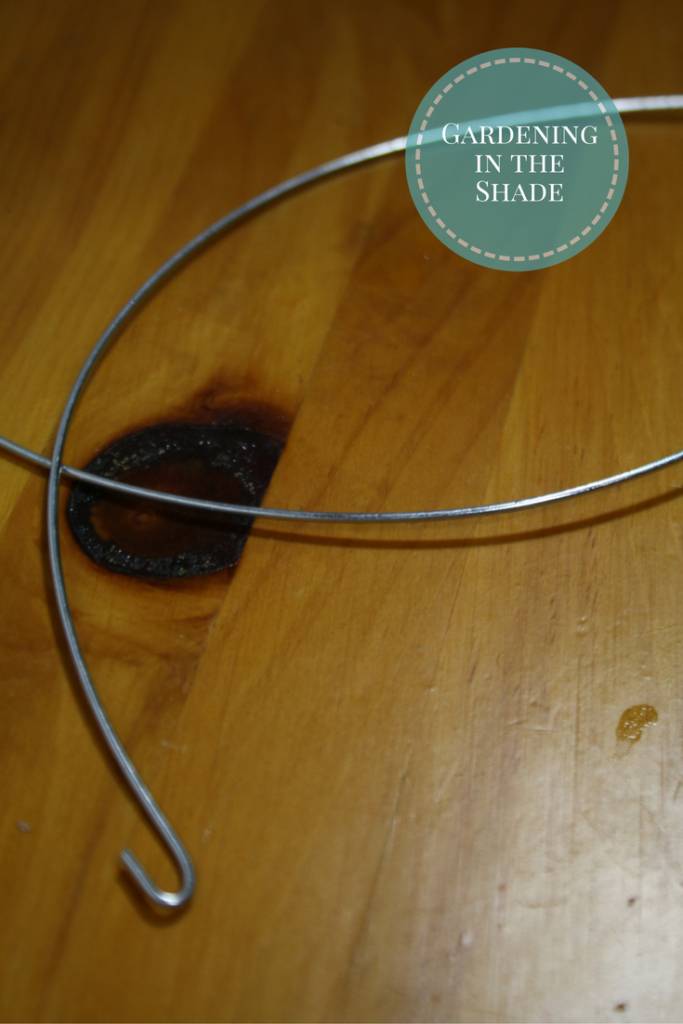
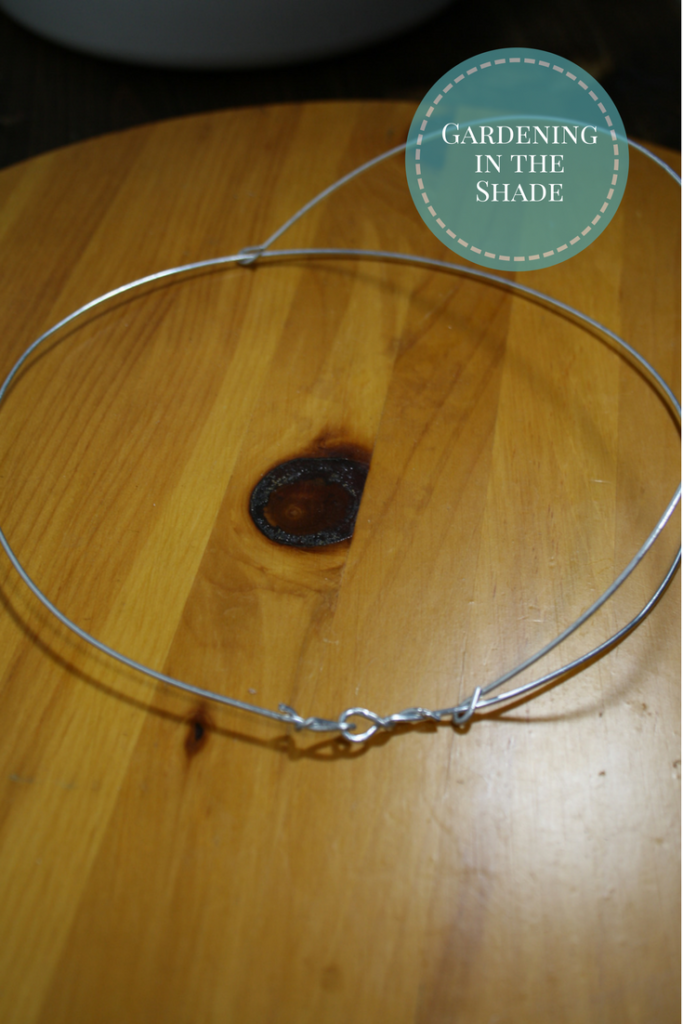
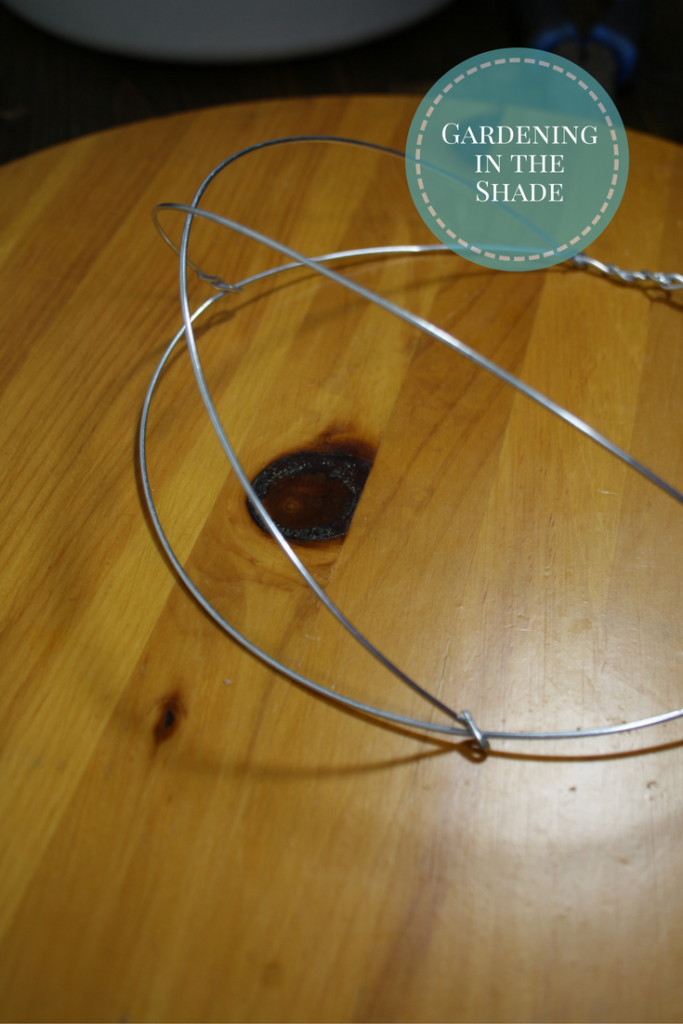
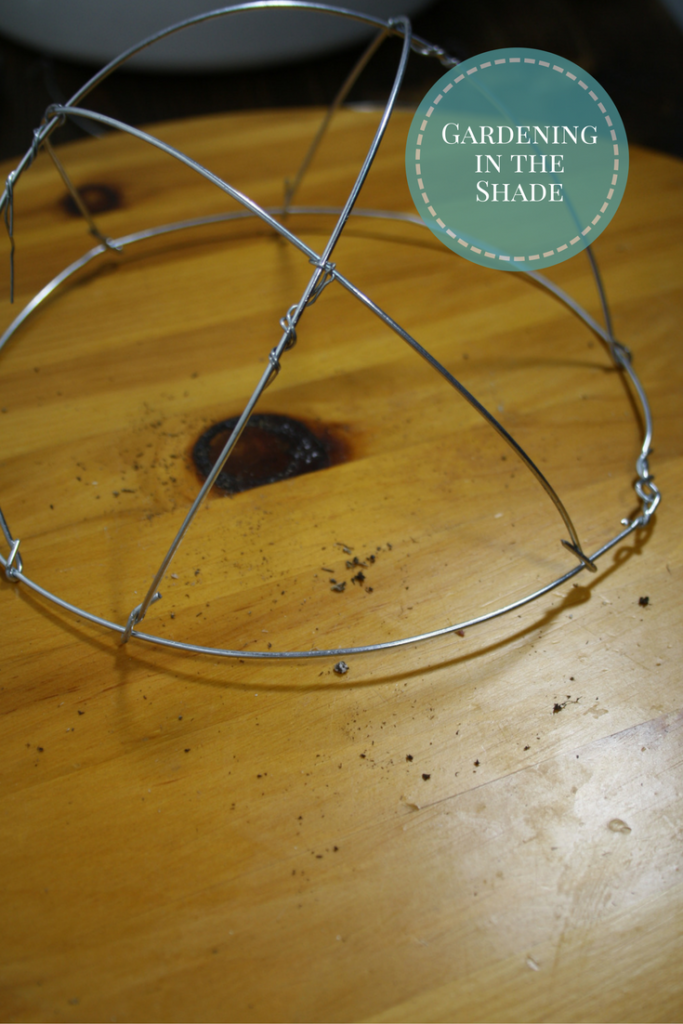
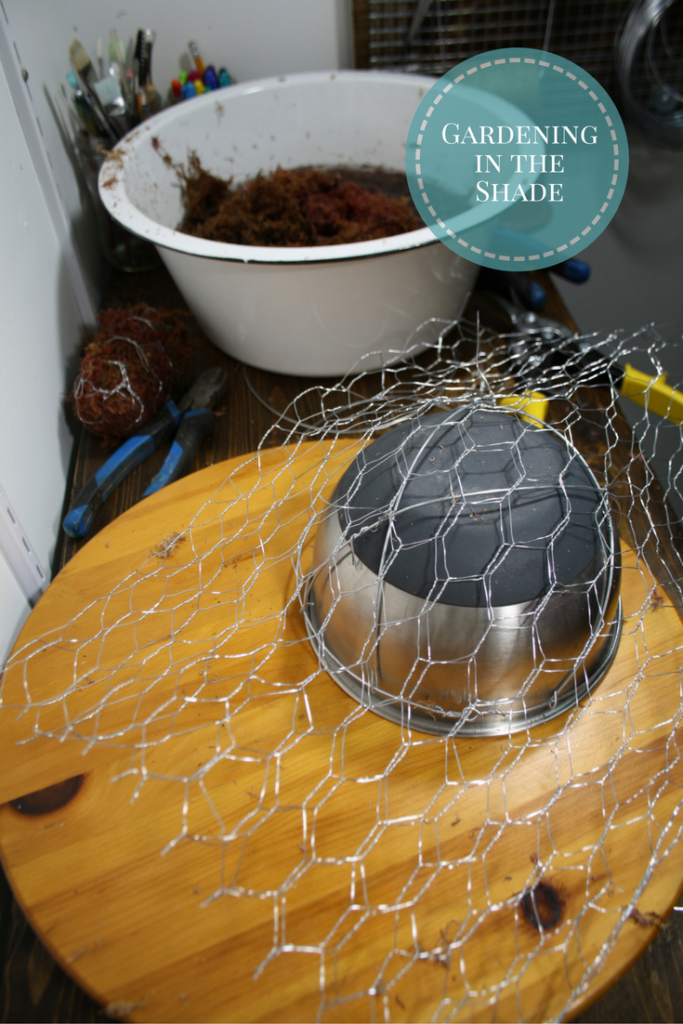
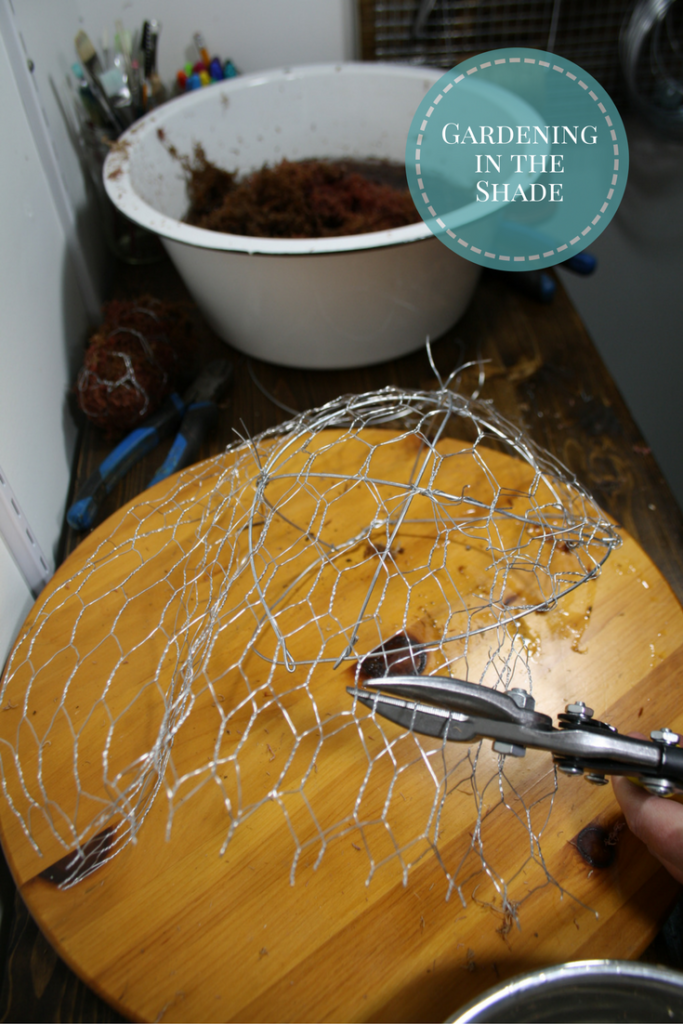
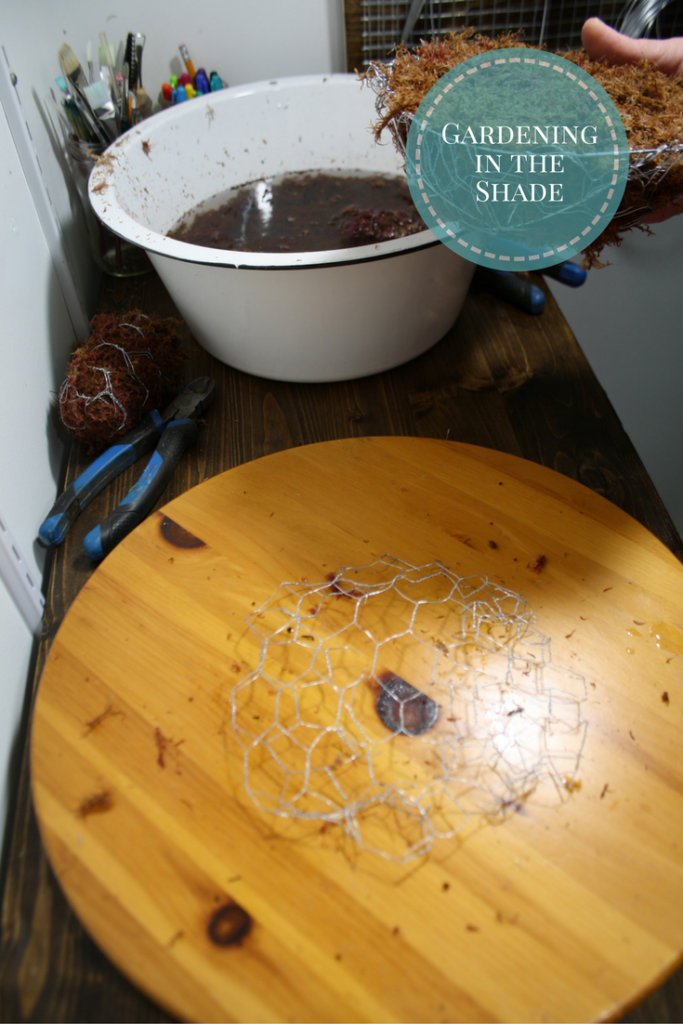
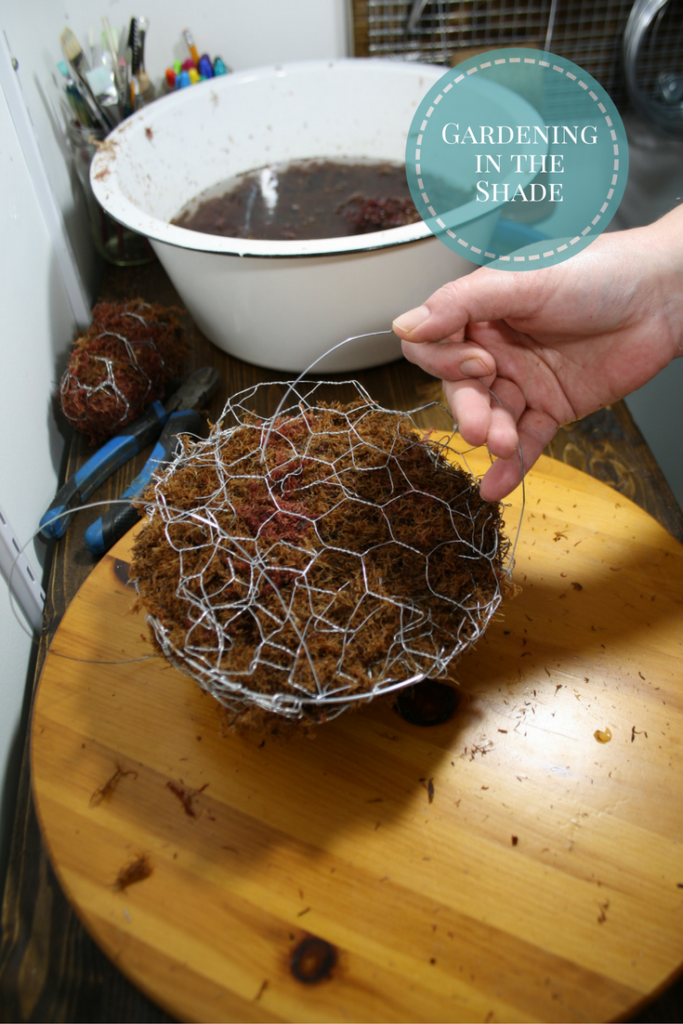
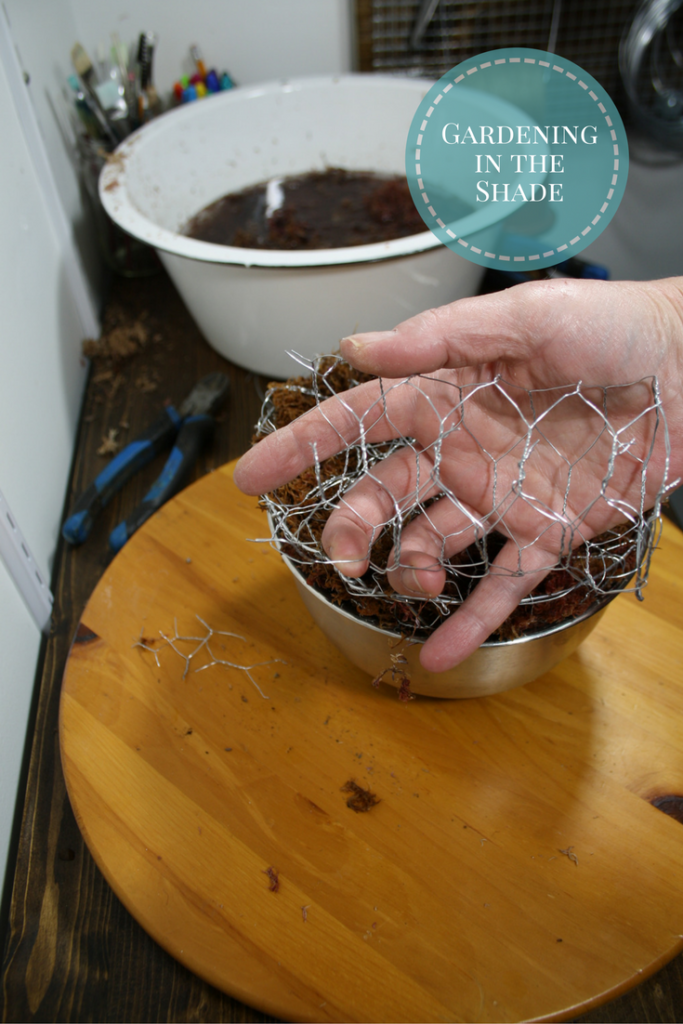
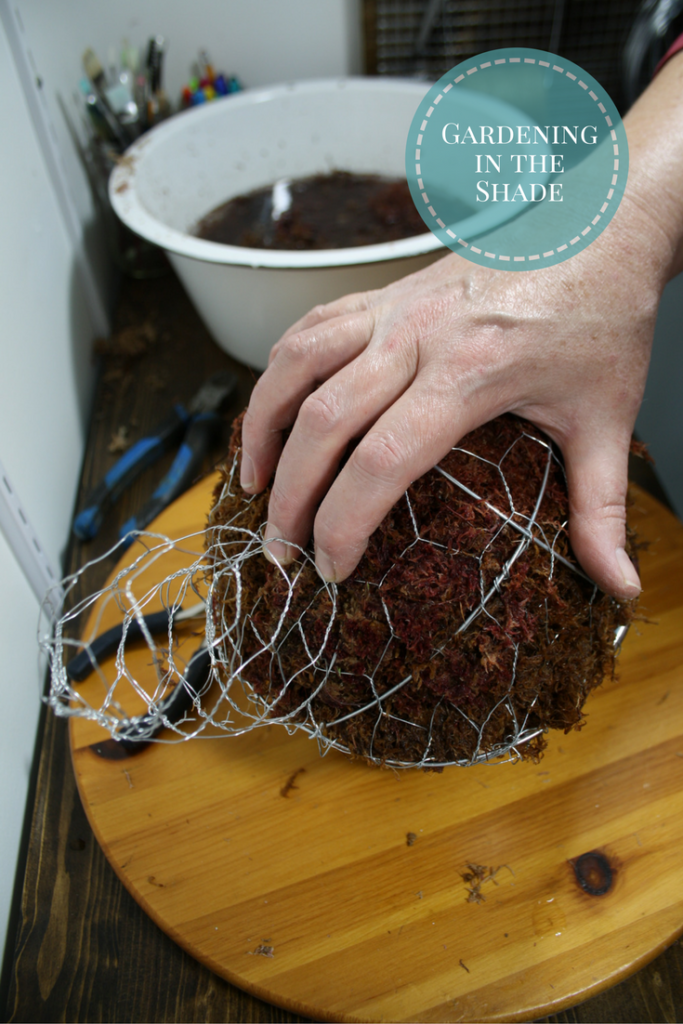
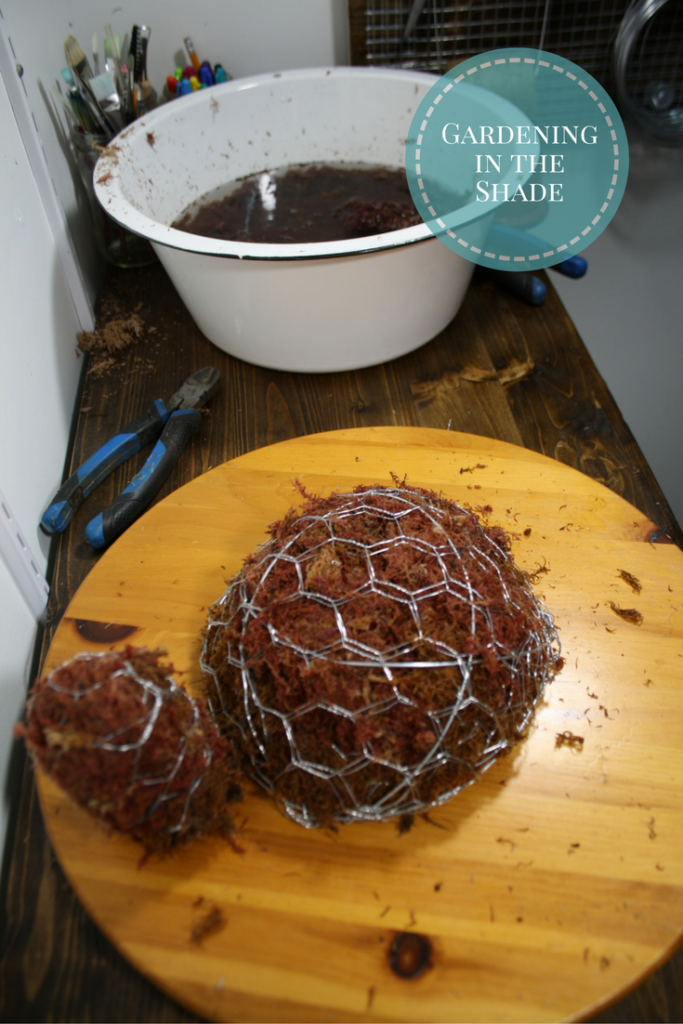
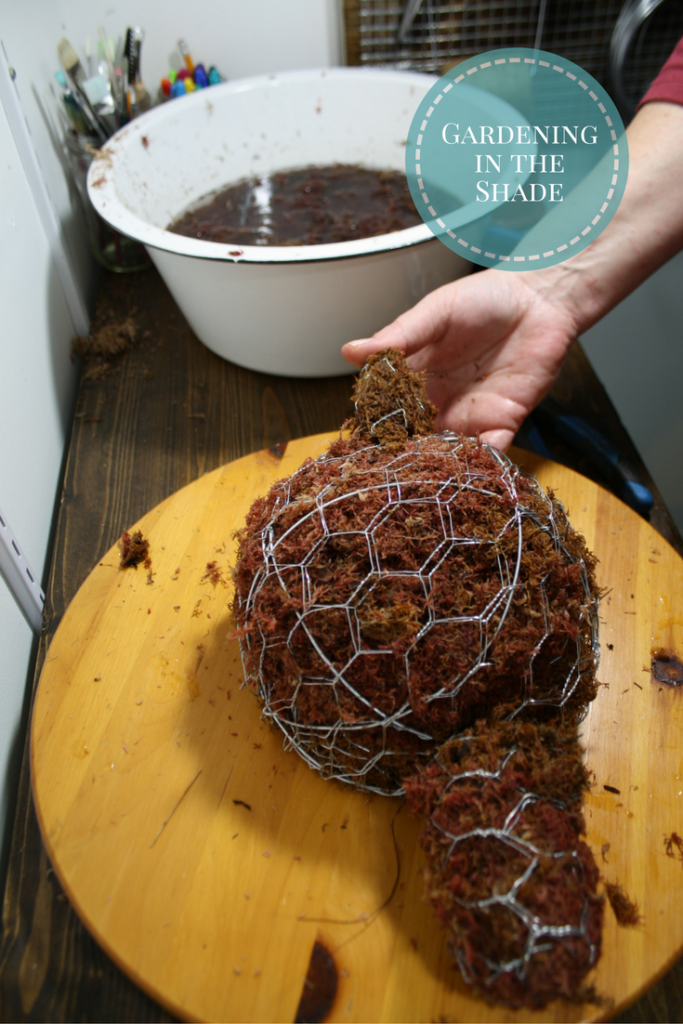
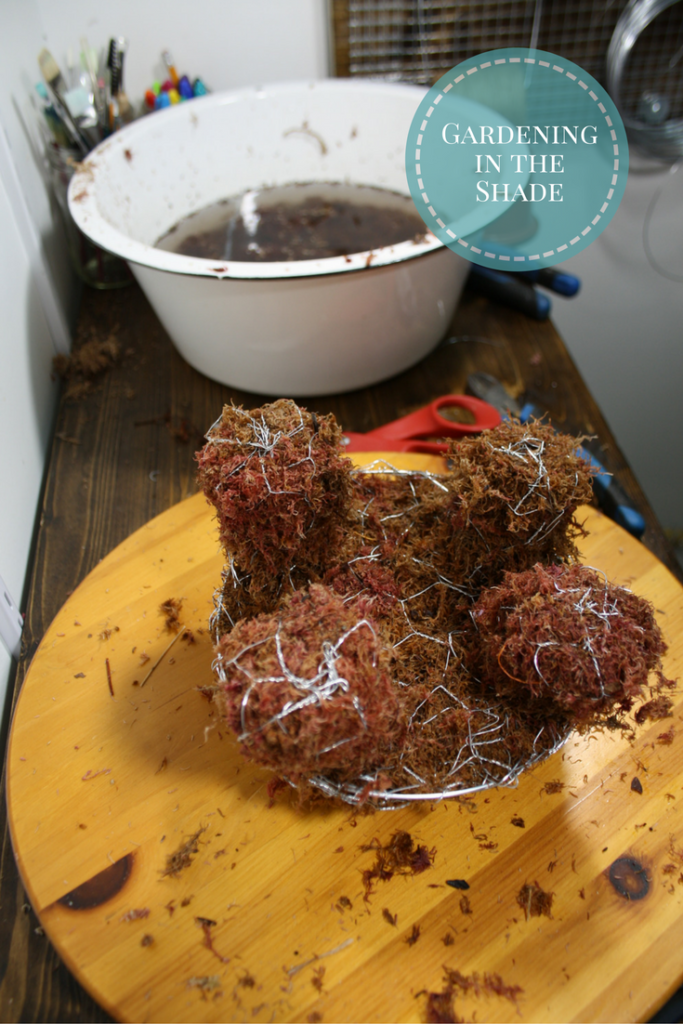
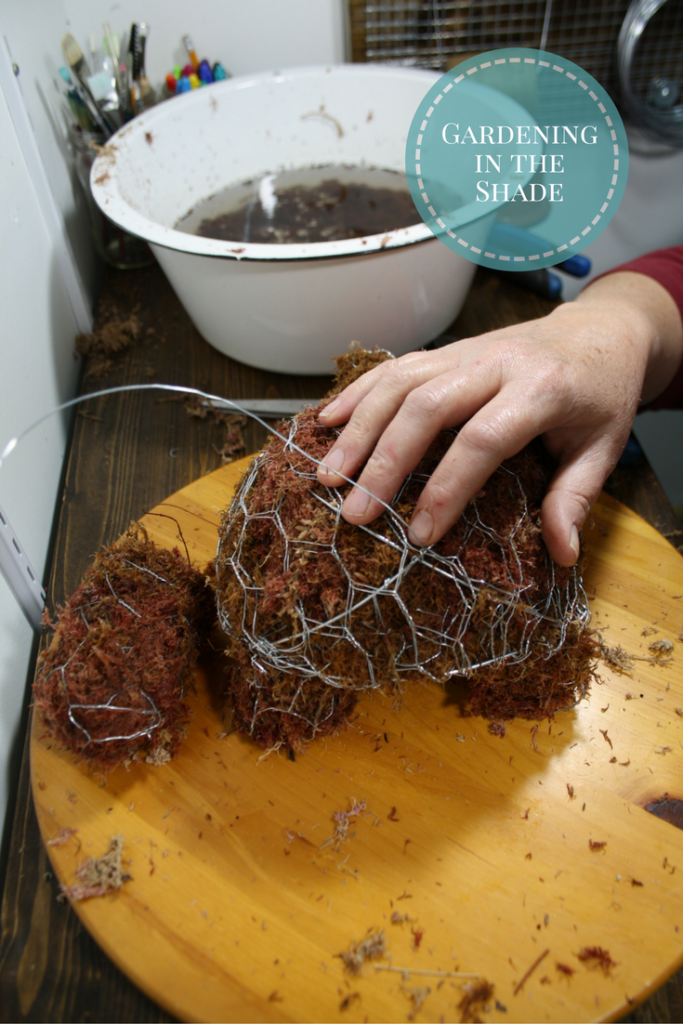
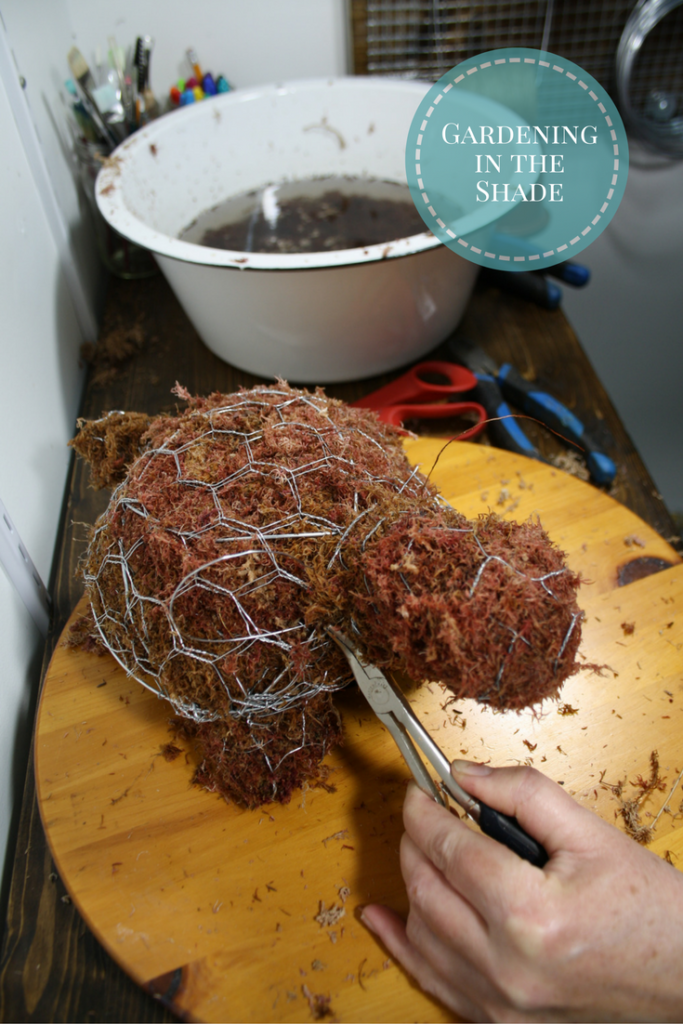
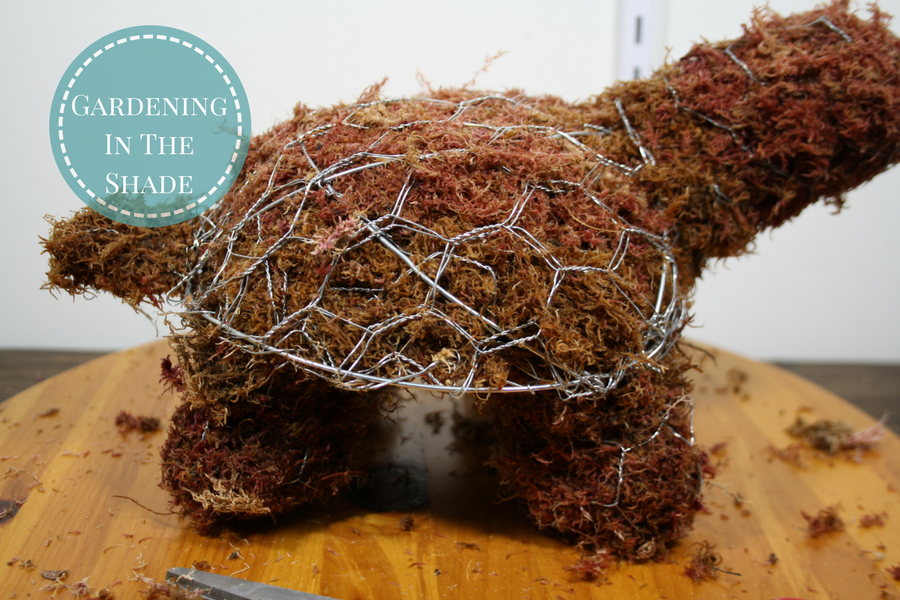

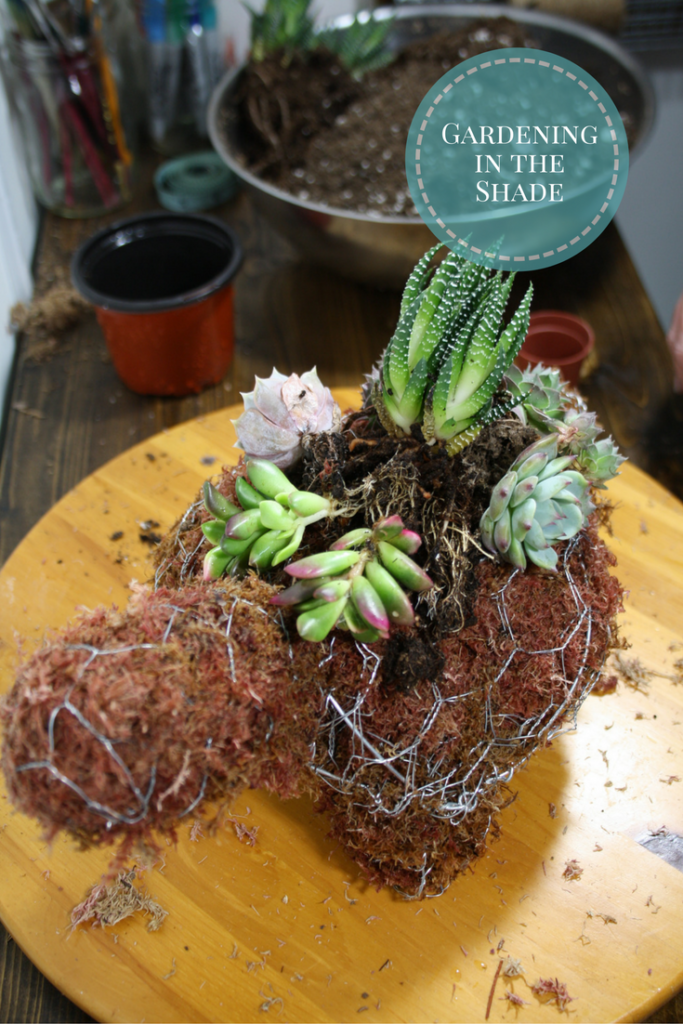
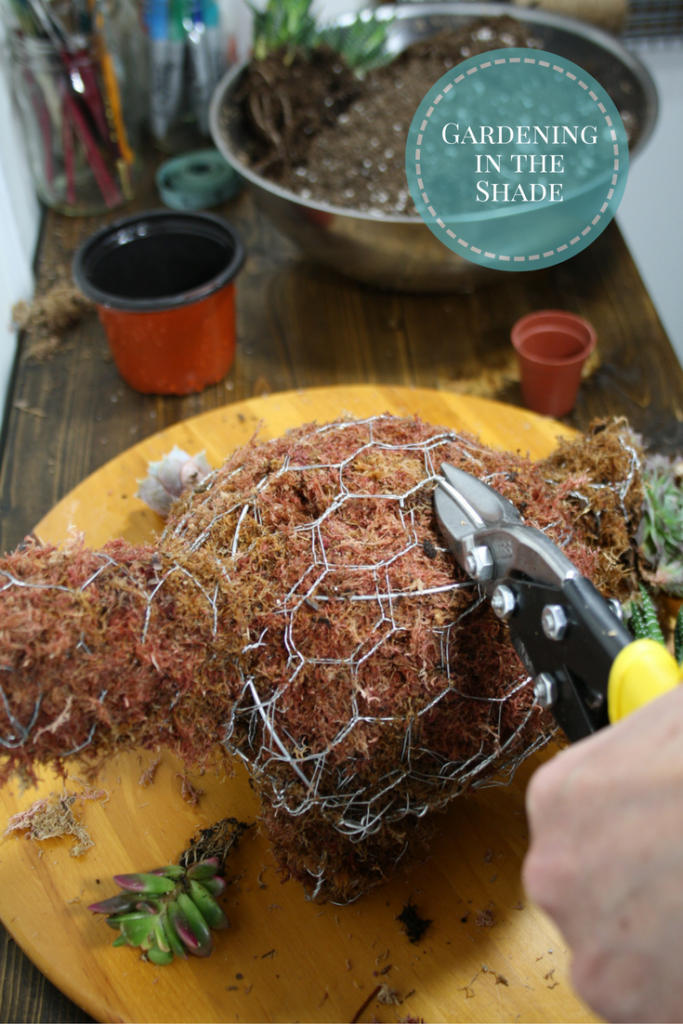
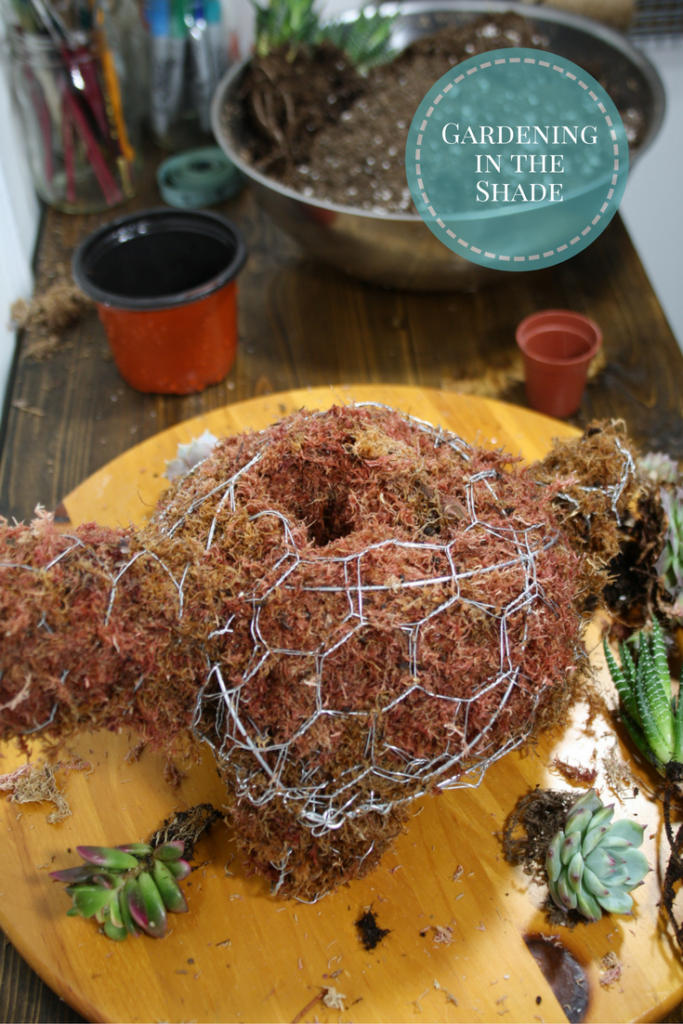
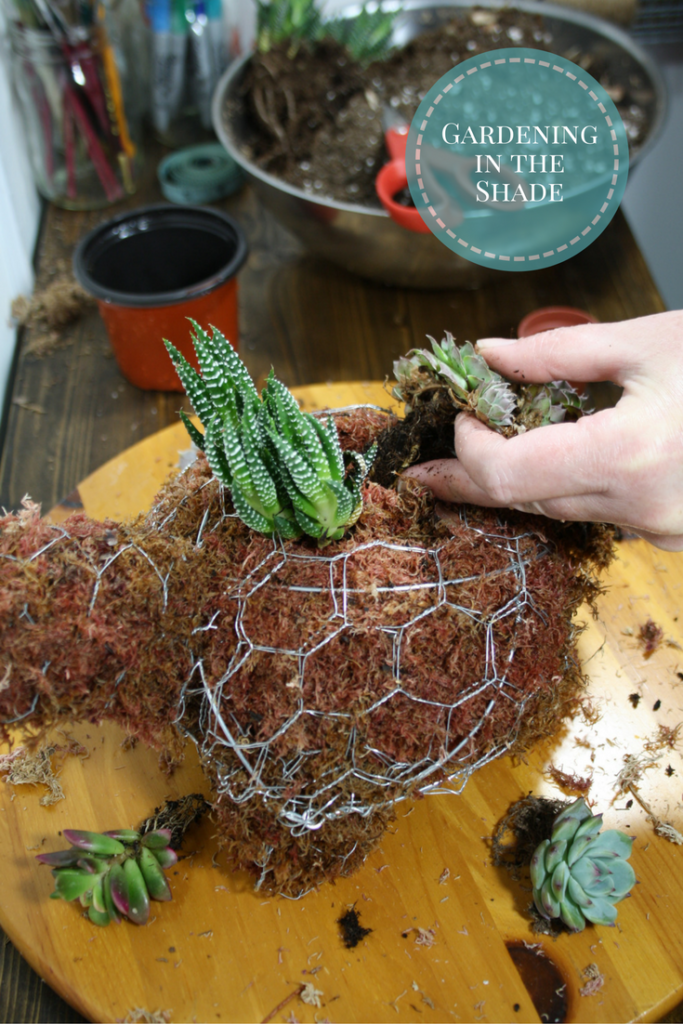
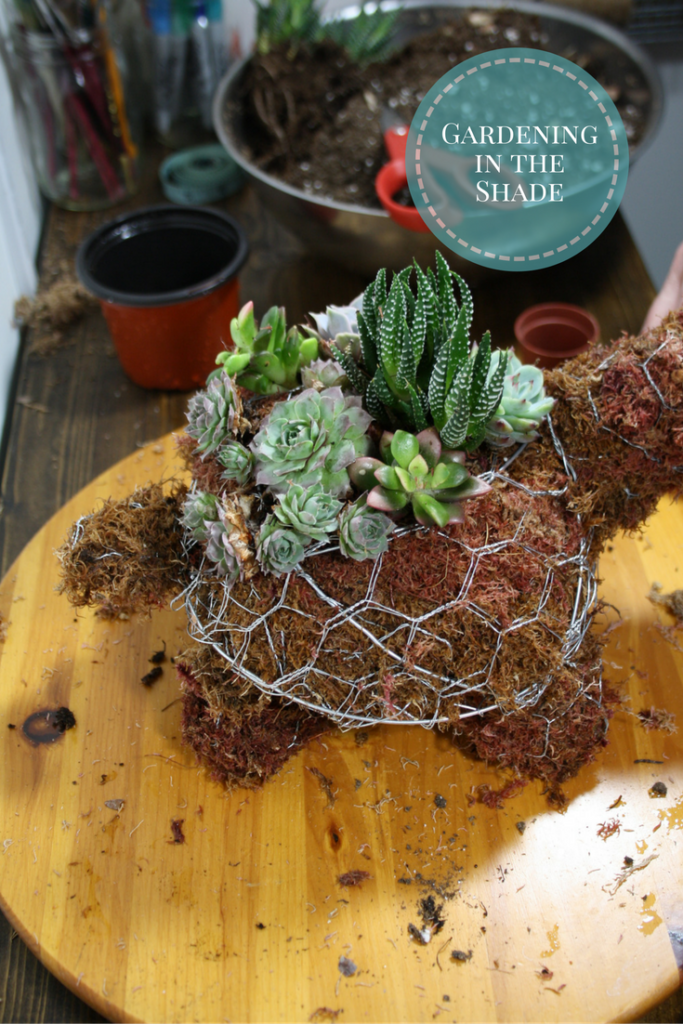
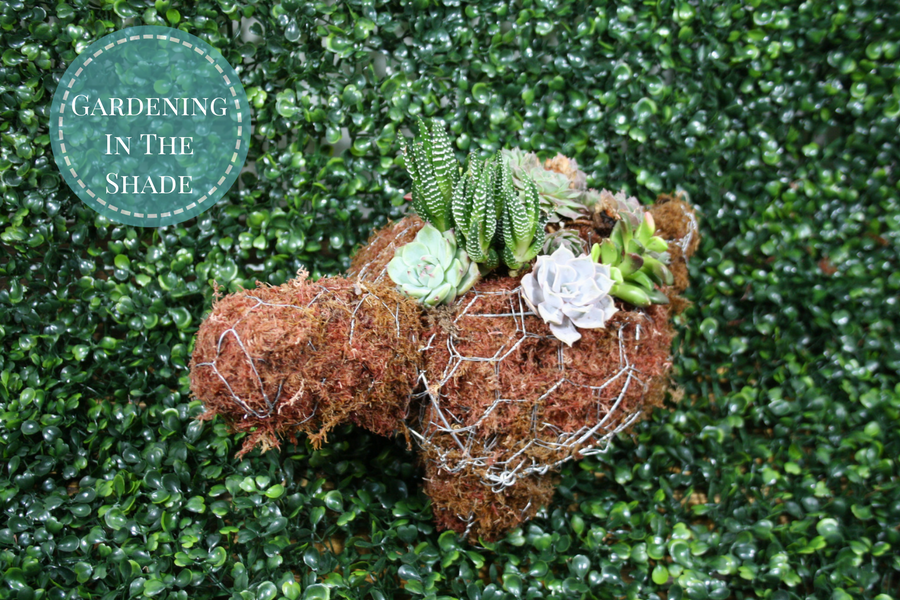
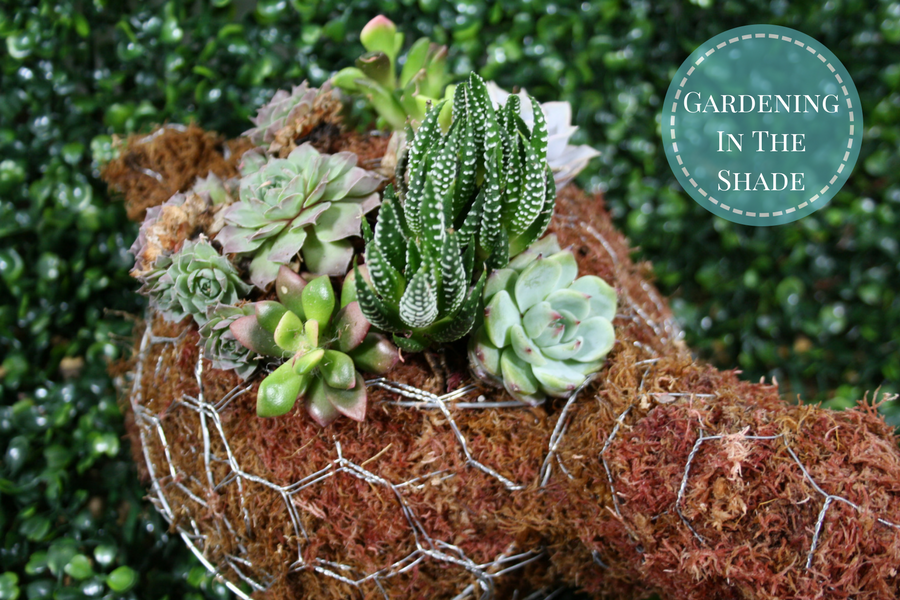
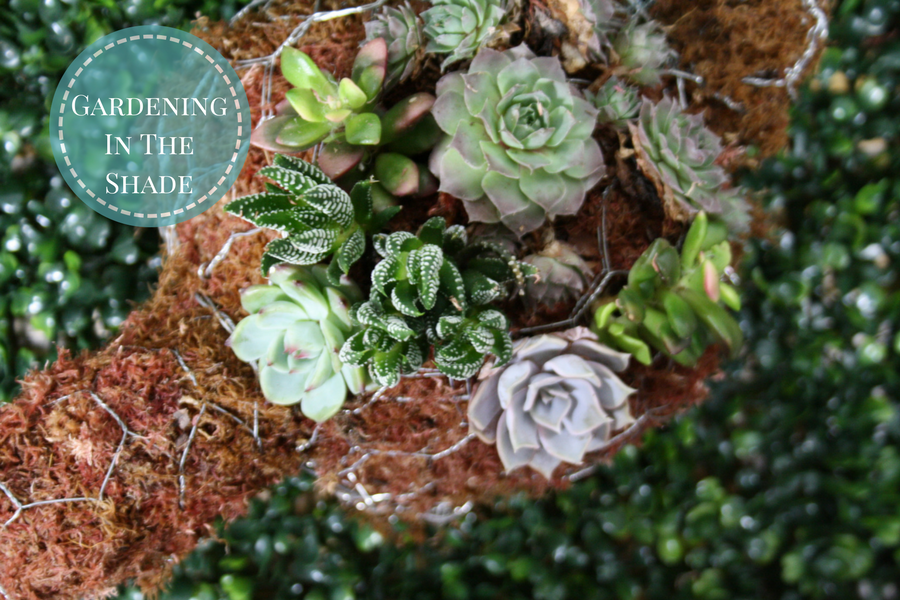
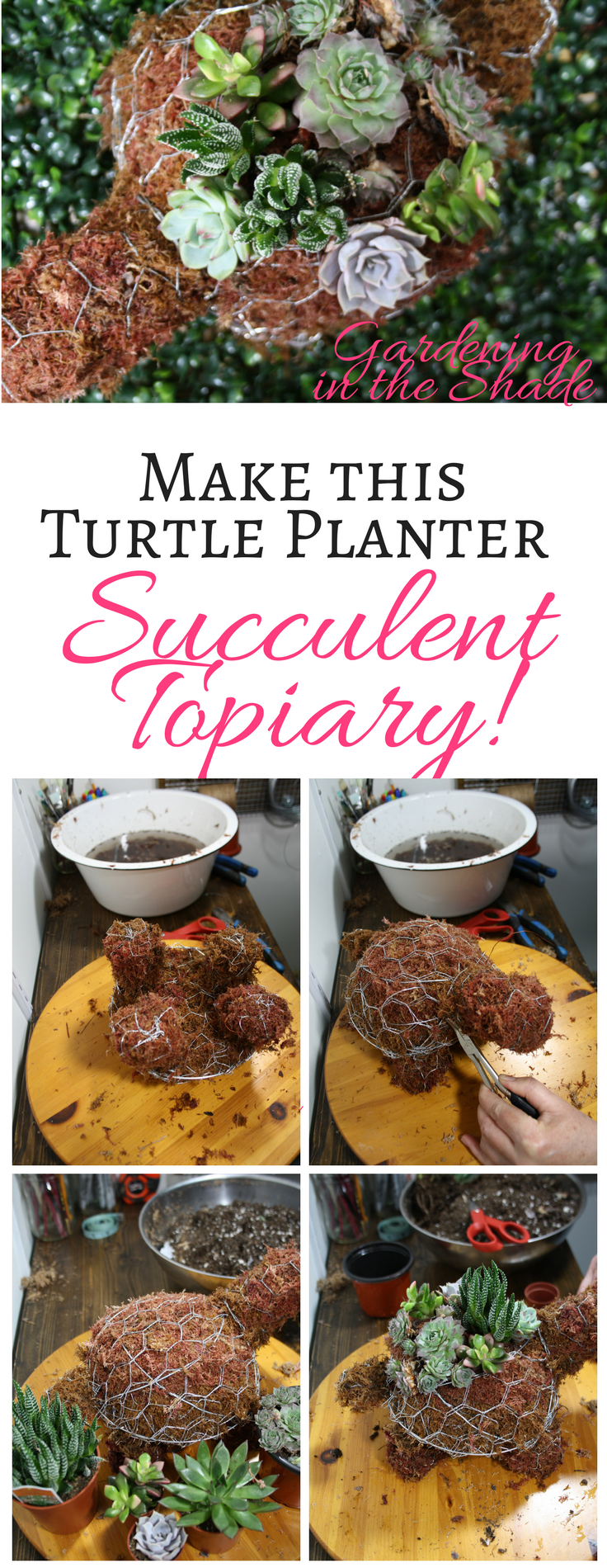 For more just like it follow me on
For more just like it follow me on 